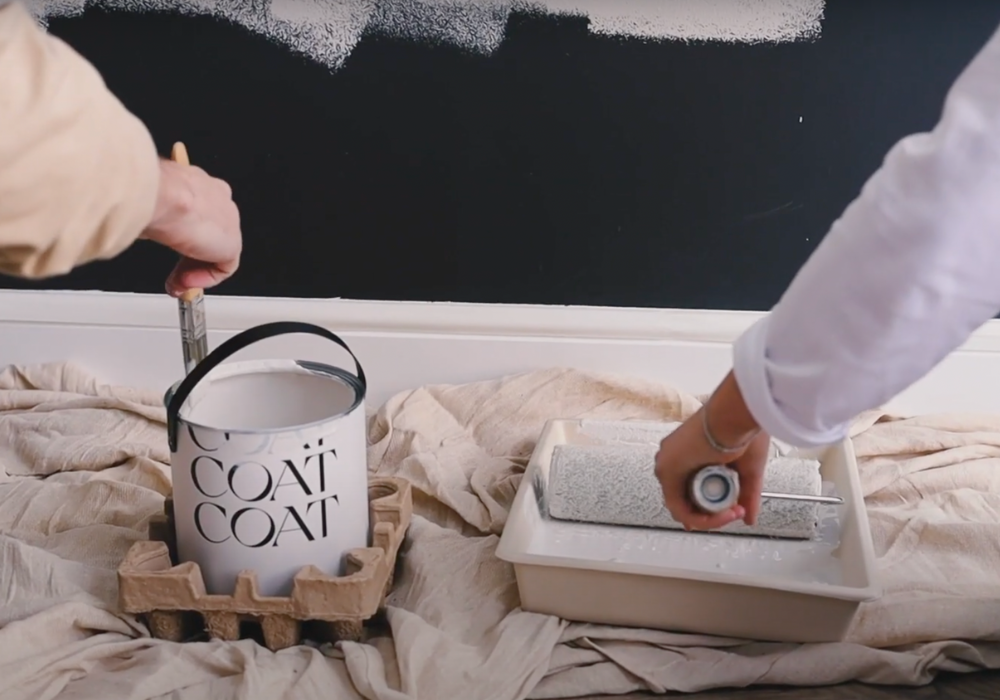
Which Is The Best Emulsion Paint?
So what is emulsion paint?
So what is emulsion paint, exactly? Well, Emulsion is the most common type of paint for interior walls and ceilings. Normal wall paint, if you like. It’s a water-based paint with resin added to make it hardwearing.
Whilst there are a few other types of paint available for interiors - all with different names and uses it doesn't need to get that complicated for your first go. We'll focus here on the DIY hero that is emulsion paint, but we've done a full breakdown to help in another blog post "What type of paint do I need?".
What is emulsion paint used for?
For the most part, emulsion paint is exclusively for interior walls and ceilings. It’s the most common type of interior paint. You can use emulsion paint on previously painted interior walls or newly plastered walls. For newly plastered walls you might want to use an all-purpose primer before your emulsion paint colour, because new plaster tends to drink it in so you’ll save yourself a few coats of colour.
So can you paint wood with emulsion? Ideally no. You shouldn’t really use emulsion paint on wood or metal - there are other paints designed especially for those surfaces that stick better and provide a more hardy finish. One type of paint does not fit all.
Not sure about what colour to go for? Chat with our Colour Consultant and get that vibe nailed 🙌
What are the different types of emulsion paint?
There are three common types of emulsion paint for interiors, differentiated by the finish they give your walls;
Flat Matt Emulsion is very matt in look and feel. Obvs. Today’s matt emulsions are often described as ‘Durable’ or ‘Scrubbable’ which means they’ll remain hardy to scuffs, scrapes and marks. Usually you can just wipe them off. COAT Flat Matt emulsion paint has a 2% sheen level for example, but as a premium recipe also stands up easily to cleaning and scrubbing.
Soft Sheen Emulsion (or Satin Emulsion - same thing) has a slight shine to it and is pretty durable. Most people would use a sheen finish in kitchens or bathrooms, because it stands up to humidity much better and is easy-clean too. COAT Soft Sheen emulsion is targeted at Kitchen & Bathroom use, precisely because it’s slightly-shiny nature makes it humidity resistant, easy to clean, and mould resistant too. Our emulsion paint colours are available in Soft Sheen or Flat Matt, so you can always rely on our shades. No matter the room, we have the colour for you for decent coverage that lasts.
Silk Emulsion has a high-shine finish, again working especially well for humid areas. Most people don’t love a very shiny finish though, it’s a little old-school.
Did you know, we do our own primer? AND prep kit! So grab everything you need and skip the DIY store 👌
What is good quality emulsion paint?
Good quality emulsion paint has high amounts of pigment. Pigment is the most expensive part of a paint recipe and directly affects the vibrancy of the colour as well as the overall coverage of the emulsion paint. The more pigment, the better. That’s one of the biggest differences between cheaper mass-market brands and premium quality emulsion paints.
The best emulsion paint by far will also use high-grade ingredients, and very little ‘filler’. You’ll notice the difference in the consistency, with quality emulsion feeling velvety and smooth when applying. Cheap or poor quality emulsion will come out of the tin like cold custard, and will likely spatter a lot on application.
What is emulsion paint made from?
You’ve read this far, nice work. It gets a bit scienc-y now but we’ll keep it relatively sweet...
Roughly speaking half of emulsion paint is made from water (45%), with the rest being resin (25%), pigments (25%) and a tiny amount of additives/preservatives (5%).
Resin in emulsion paint is either Vinyl or Acrylic and basically helps the colour bind to the wall. Acrylic is the more modern and expensive option used in premium paints like COAT. Vinyl tends to be found in old-school and cheaper emulsion paints.
Pigments in emulsion paint is where your colour lives, so premium paints like COAT tend to have more (which is a good thing). The more pigment the better.
There’s a small amount of biocide in all emulsion paint, which stops it spoiling in the tin or going mouldy on your walls. The lower the amount the better in theory, so that’s why most paints are called ‘Low VOC’.
What are the other types of paint?
The biggest sidekick to Emulsion paint is Gloss paint. Usually you’d want to use some type of Gloss paint on your interior wood and metal - skirting boards, radiators, wood panelling etc. It’s specifically designed for those materials, and is super hardy too.
Gloss paint is usually available as either oil-based or water-based. Oil-based versions will end up as slightly smoother, but kick out quite a toxic smell and can take 24 hours to dry. More modern and eco-friendly water-based versions don’t smell, have low toxin levels and dry much quicker usually in 2-4 hours. You have three options for Gloss paint:
Traditional Gloss paint is most commonly oil-based (rather than water-based). Like the name suggests, it’s super shiny and hard wearing once dry. It does often kick out quite a toxic smell though, and can take 24 hours to dry properly.
Satinwood paint is not quite as shiny as traditional Gloss paint, but otherwise is quite similar.
Modern Eggshell paint gives an on-trend flat finish and is very hardy. Eggshell paint is great for wood panelling, furniture and kitchen cupboards - so it’s the one we’d recommend for interior wood and metal.
How to choose the best emulsion paint?
Which emulsion to choose is usually dependent on the surface to be painted and its location. It can also depend on the look you are after. Asking yourself targeted questions ahead of the project can help you choose the right product.
Questions such as where am I painting? What am I painting? Is it a wet or dry area? Is it a high exposure or high traffic area and what do I want the end result to look like? are important factors.
Paint may seem a commonplace thing, but there is a decent amount of science behind it that when used correctly, can achieve great results. If it is important to you that your paintwork looks great and lasts well, spending time answering these questions before starting can be a great place to start.
One key thing to keep in mind when choosing which emulsion to use is that the higher the sheen, the more durable the finish. This is due to higher contents of resins in high sheen finishes which harden into a stronger film giving good coverage.
In short, a Flat Matt Emulsion for your interior walls and ceilings or a Soft Sheen Emulsion for humid areas like the bathroom. You might want to grab a water-based Eggshell for your wood and metal too. Keep it simple.
How long does emulsion paint take to dry?
Good question. While this varies from brand to brand, most emulsions are pretty quick drying. Generally, it’s gonna take 1-2 hours for it to become dry to the touch. A good rule of thumb, however, is to wait 4-6 before you do that next coat. This will allow the first coat to cure, so your second is smooth. It's easy to mess up a paint job by applying the next coat far too soon. The undercoat needs to be dry; otherwise, the roller may pull it right off. Two words. Ball ache.
How long does emulsion paint last?
Unopened, a tin of COAT paint will last you 6 months. Be wary of claims that it will last you much longer. Only bad paint has a longer shelf life. The general rule is, if it looks off, then it probably is. Leftover paint? Don’t worry. Pass it to a mate or send it back to us. Paint is a recyclable item, so it won’t go to waste. Your local recycling centre should also take it off your hands.
How to paint over flaking emulsion
When painting a room, the last thing you need is for it to be blistering and flaking all over. So, don’t be tempted to go over old paint without a bit of prep first. You’ll be back to square one in no time, honest. Instead, scrape any offending old paint from the wall with a scraper. The wall’s flaking because it was probably never primed. Once the loose paint has gone, you can have a quick sand. A bit of primer will then get your wall more than ready to paint.
How to remove emulsion paint
1. From carpets
Spilt a bit of paint on the floor? Oh, bloody hell. Just messin’ 👀 this should easily come off. You’ll just need a bit of warm soapy water, fairy liquid will do, and a clean couple of cloths. Being water-based, emulsion hardly ever stains. Simply blot the stain with your cloth until it’s all gone. If the paint is dry, then you’ll need to grab your scraper. Loosen the paint with warm soapy water and gently scrape at the mark. Repeat the process until your carpet is clean.
2. From UPVC windows
Things getting in the way of your brush? So annoying. Who put those windows there anyway? Thankfully, emulsion is super easy to clean when it’s wet. Simply grab a damp cloth and wipe it up as quick as you can. If the paint has dried out, then this is different. You’ll either need some warm soapy water or a non-abrasive sponge. We’ve even tried removing dried-on paint with our nails which is pretty slow going. And it knackers your mani up too, we don't want that. 💅
Want to have all the gear and all the ideas? Shop our range of tools and painting supplies 🤩
3. From clothing
Paint on your clothes? Don’t panic. The trick is to treat the stain as quick as poss. Like carpet, you want to soak the paint with warm water until it’s all gone. If that doesn’t work, grab your scraper. Soak, scrape and repeat; until it’s all gone. You should then be able to throw your stuff in the wash with a bit of Stain Devil. Not that we want to teach granny to suck eggs and all that, but next time, wear an old tee. That way, it doesn’t really matter if it gets covered in paint.
Explore our range of Flat Matt, Eggshell or Soft Sheen now ✌️
Publish Date
Author
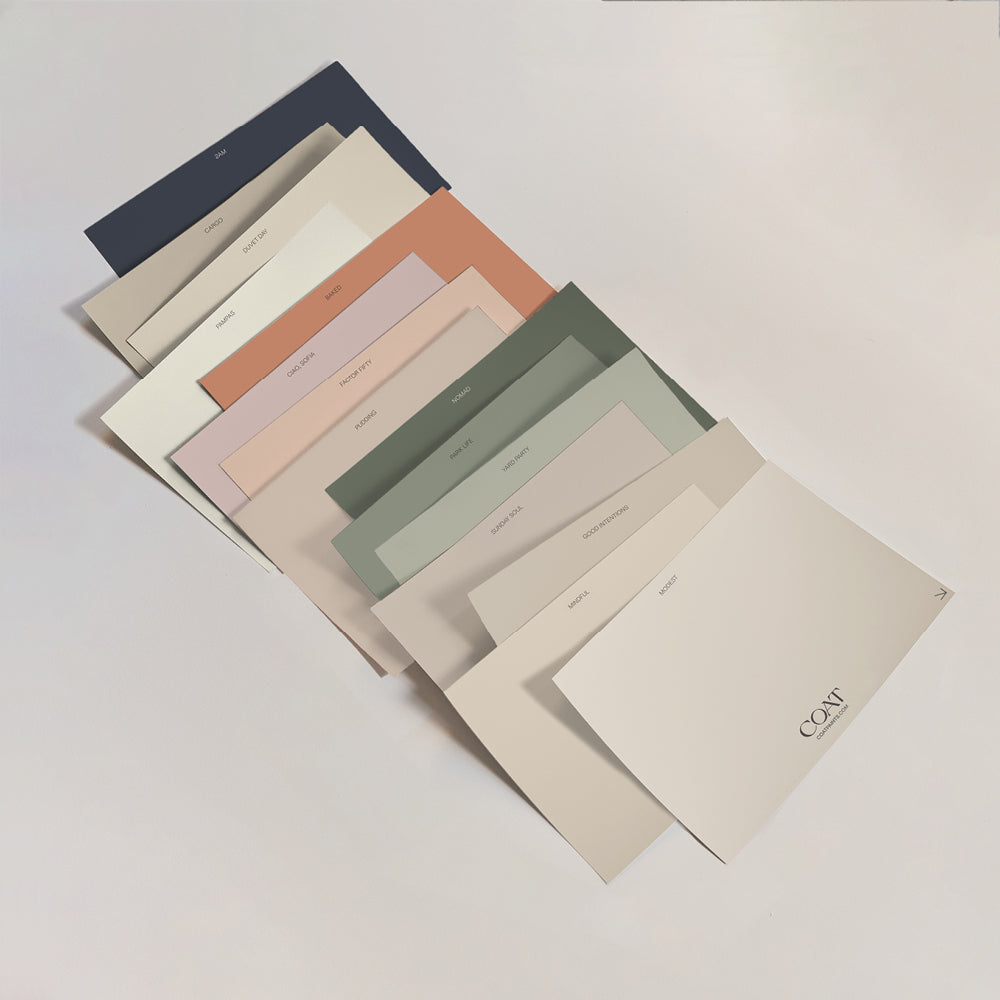


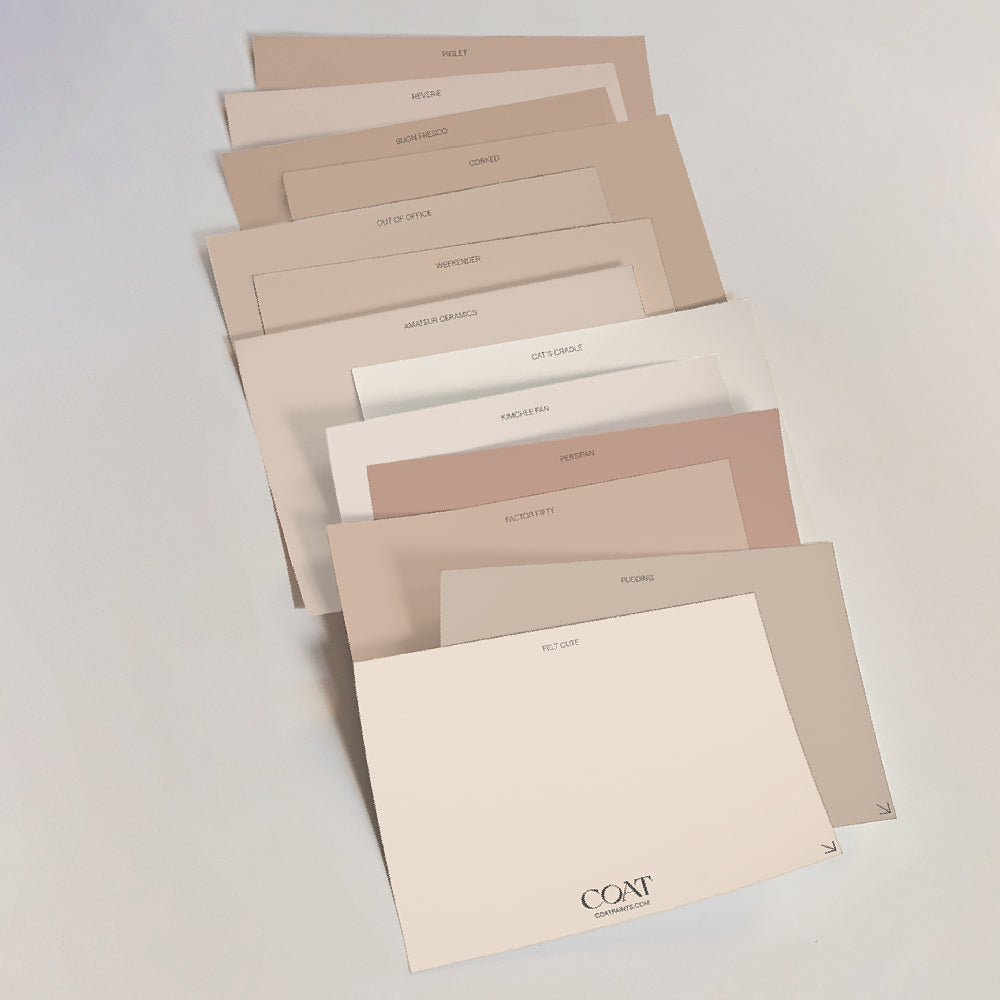
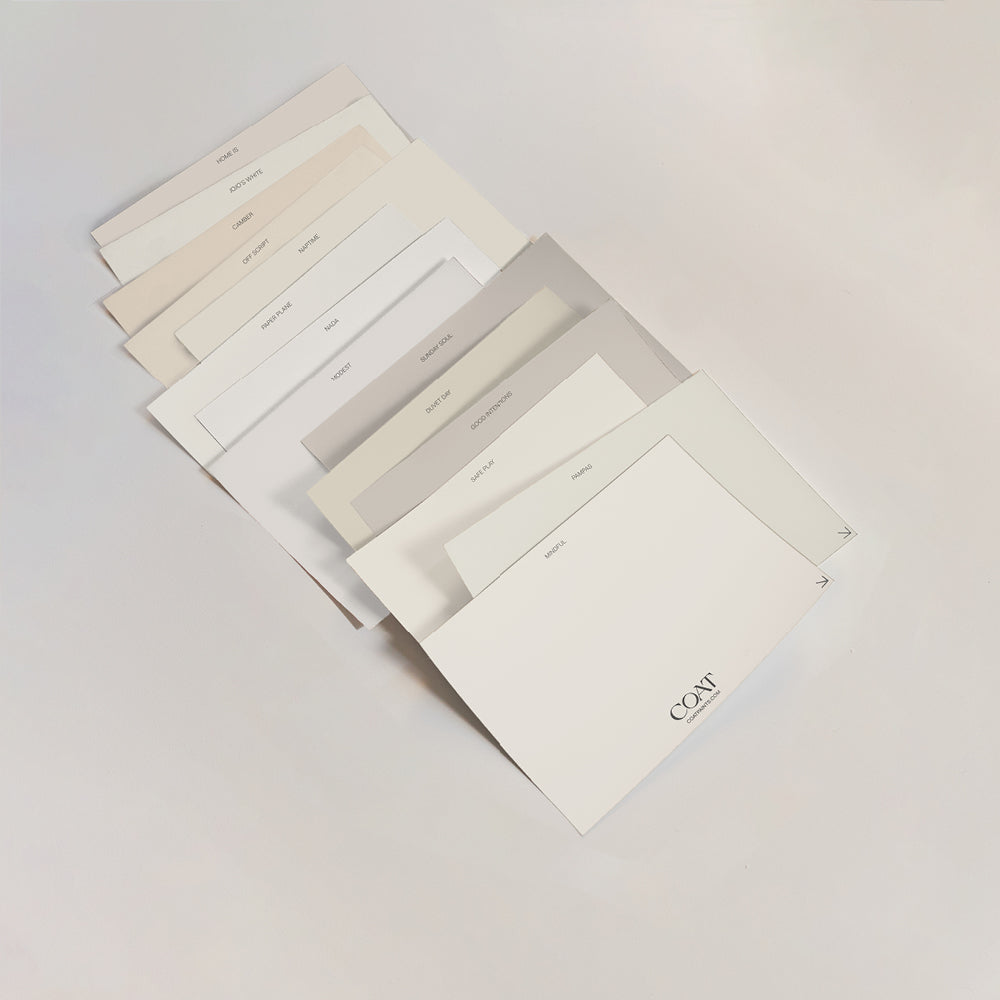





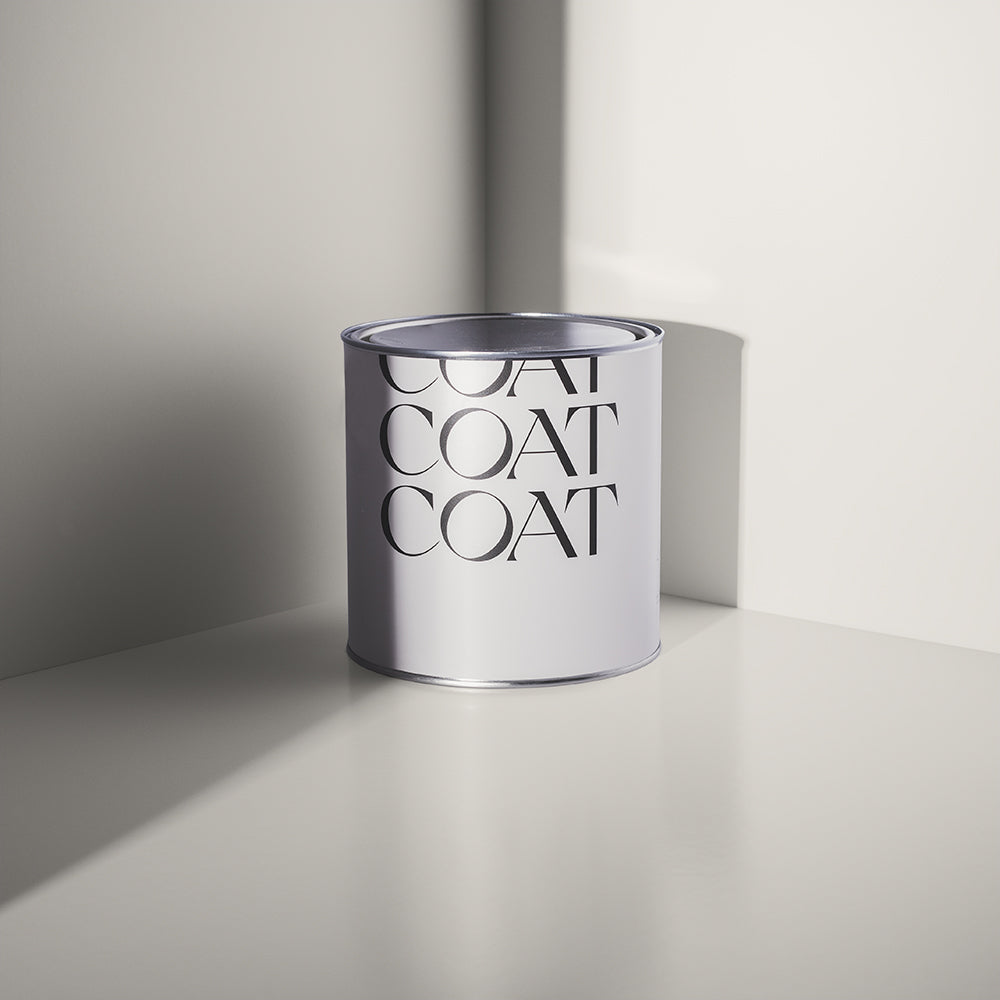
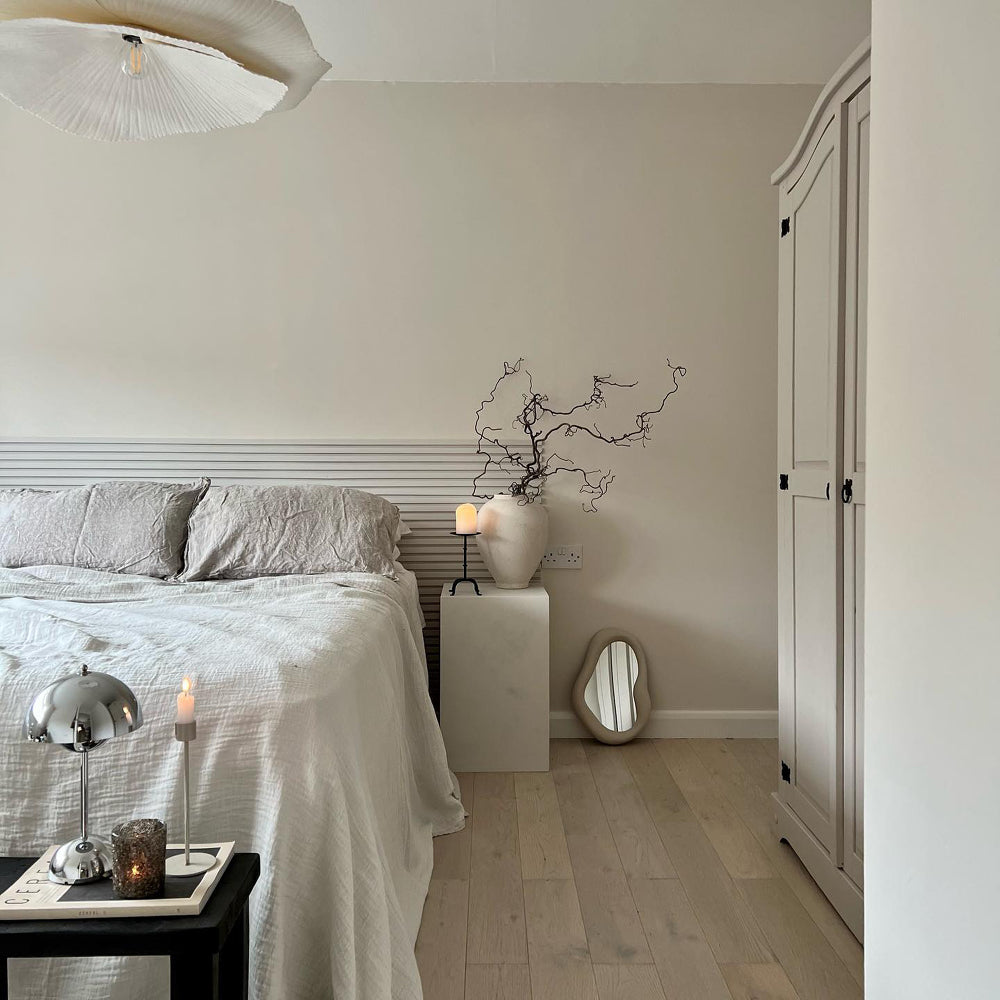

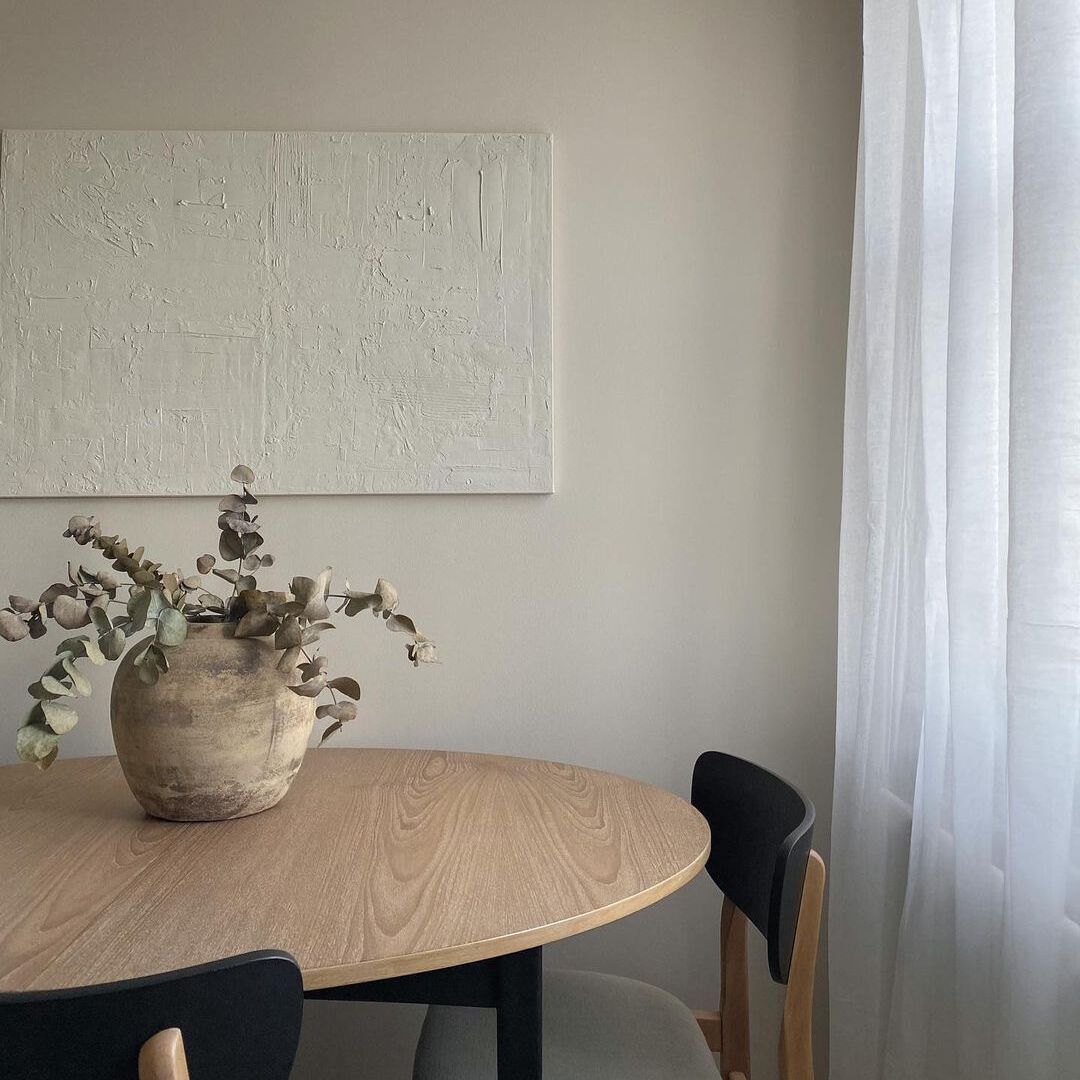
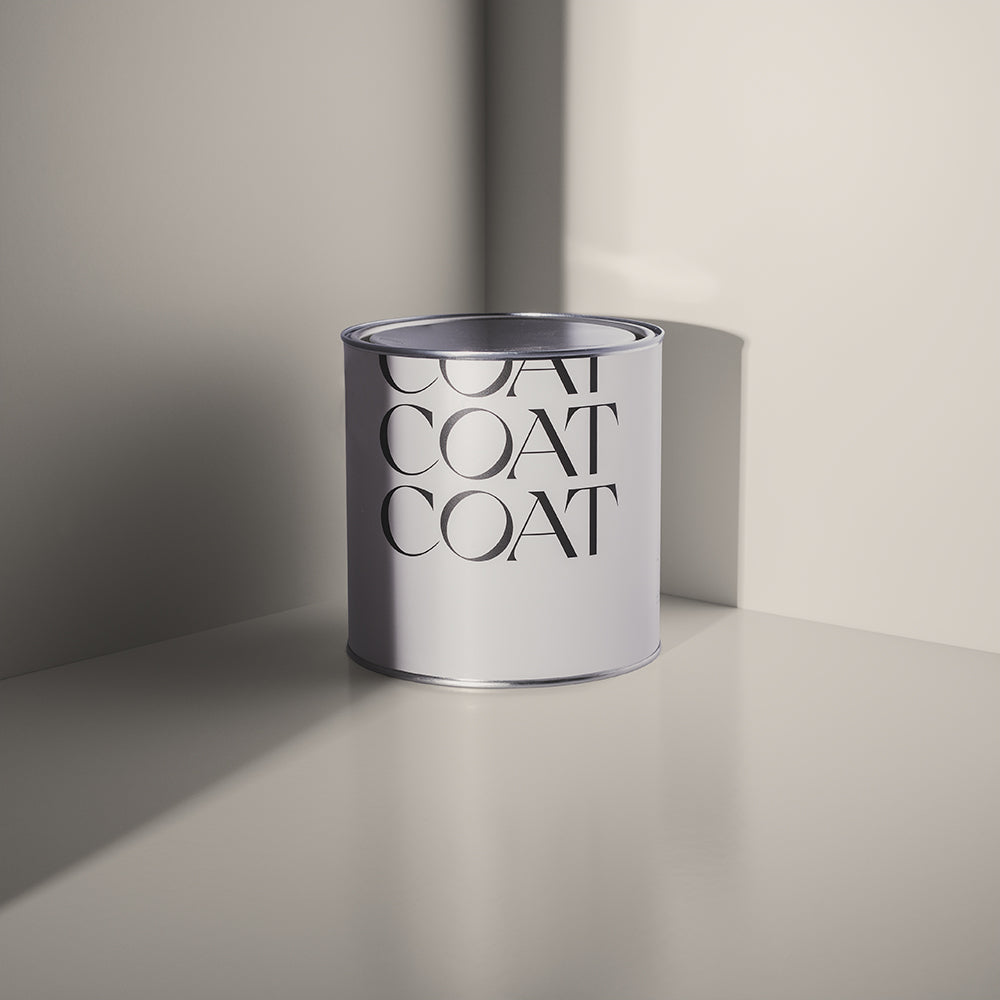

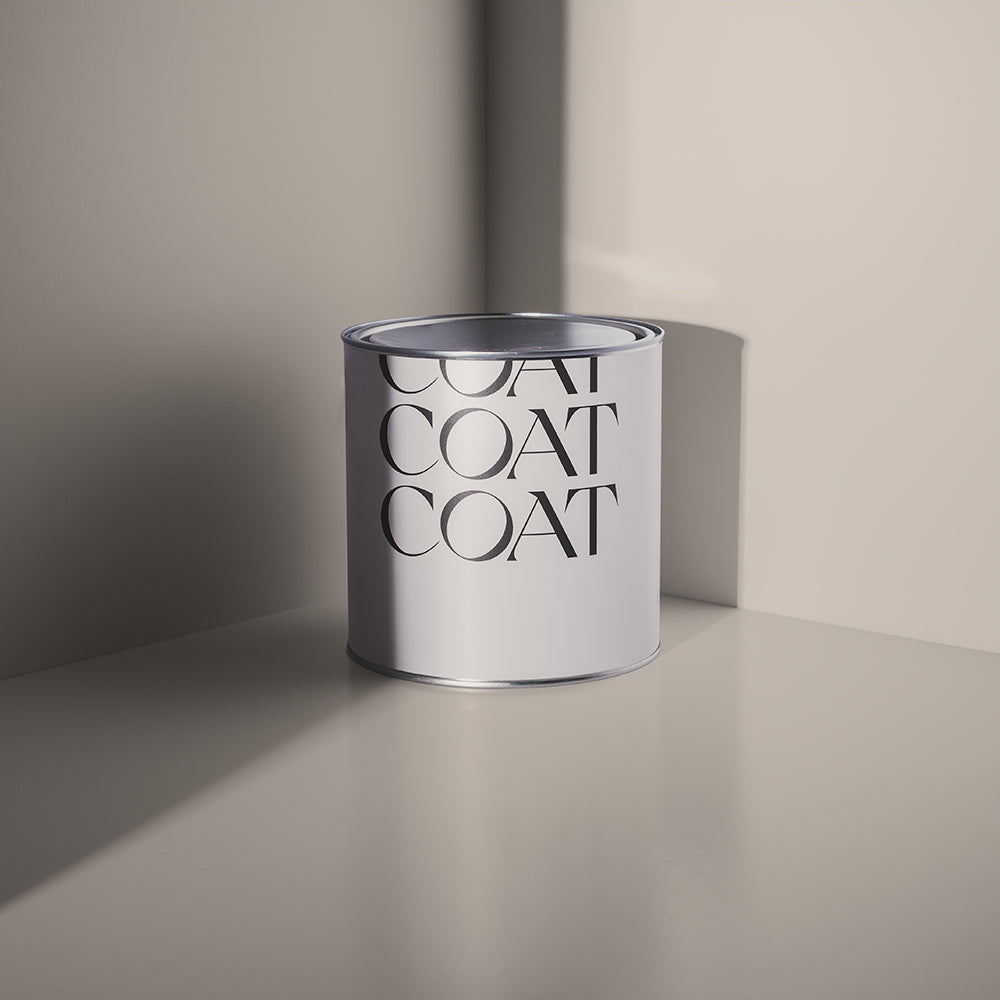
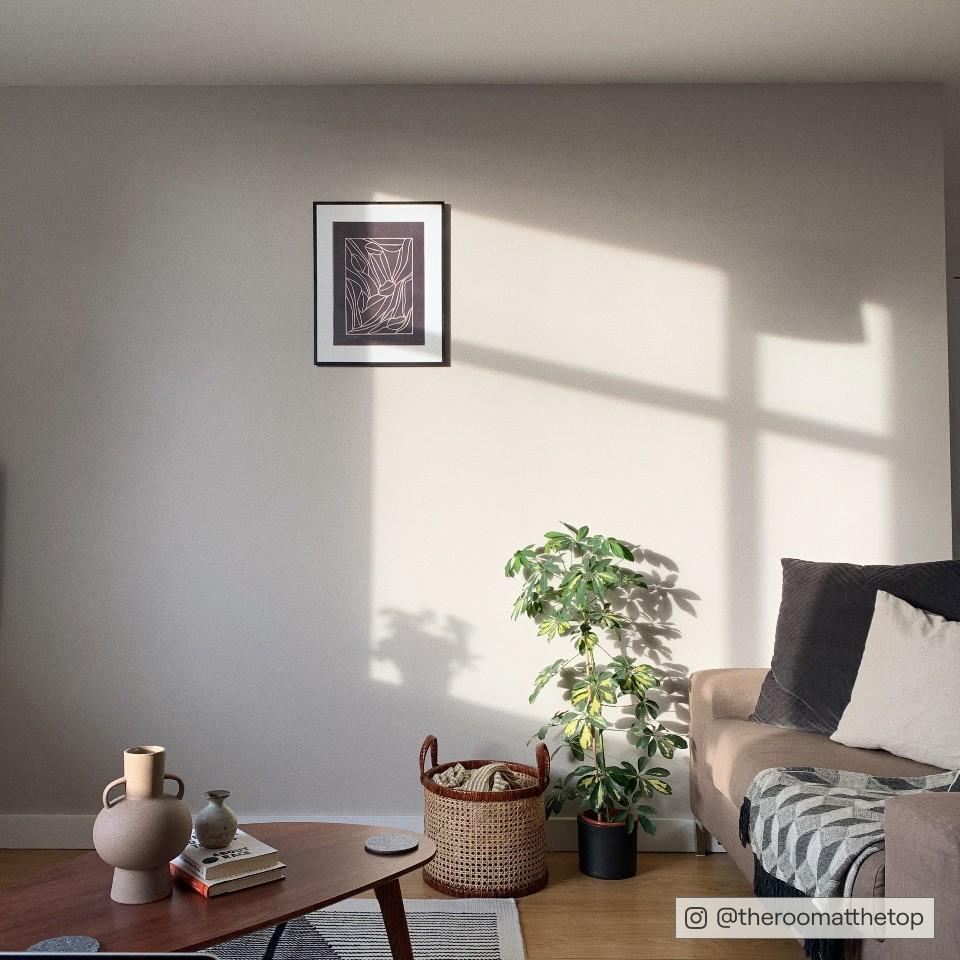


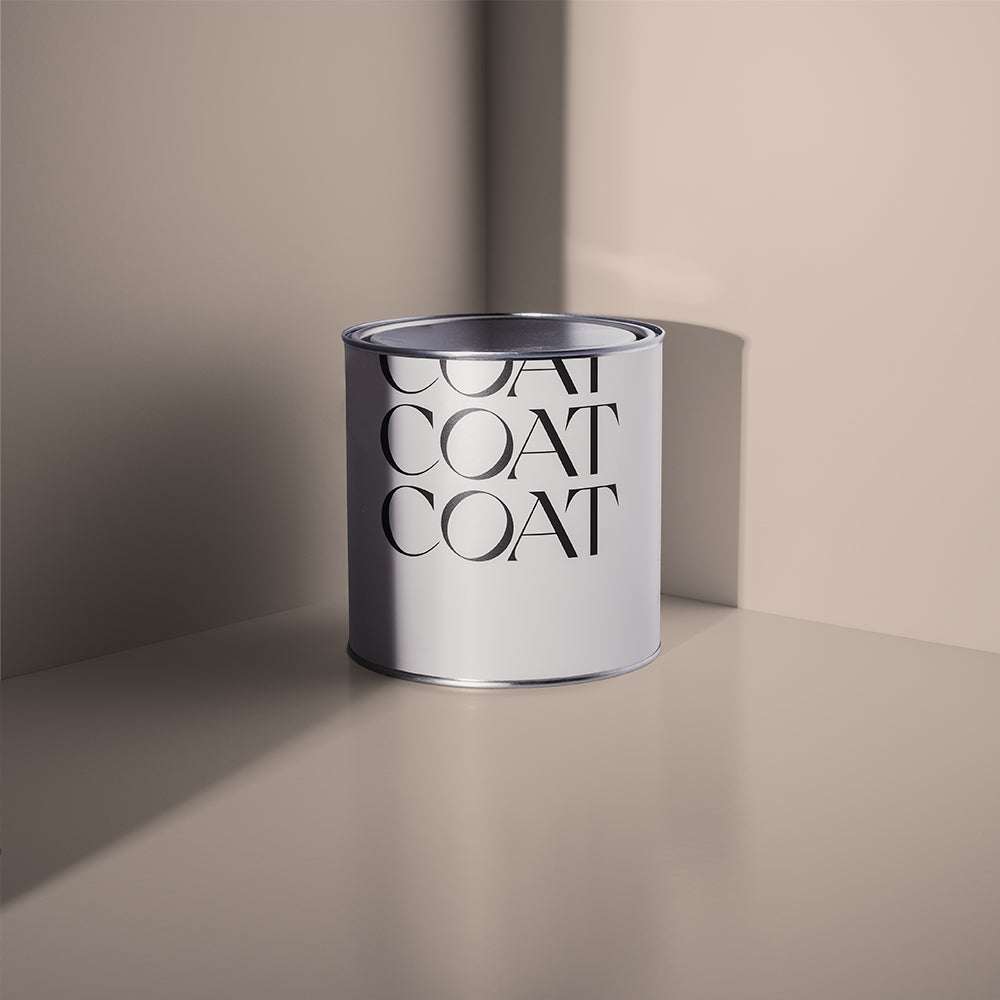
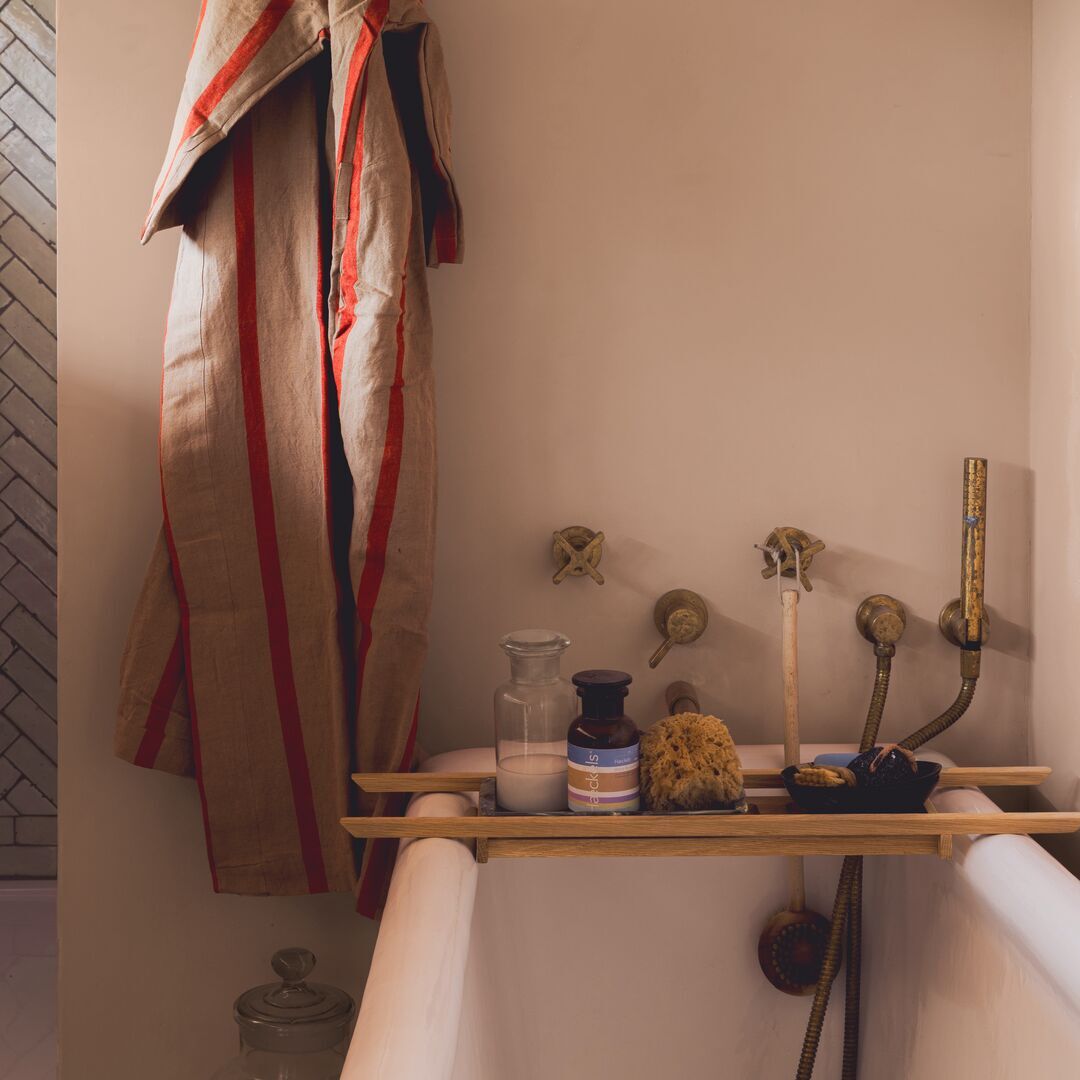


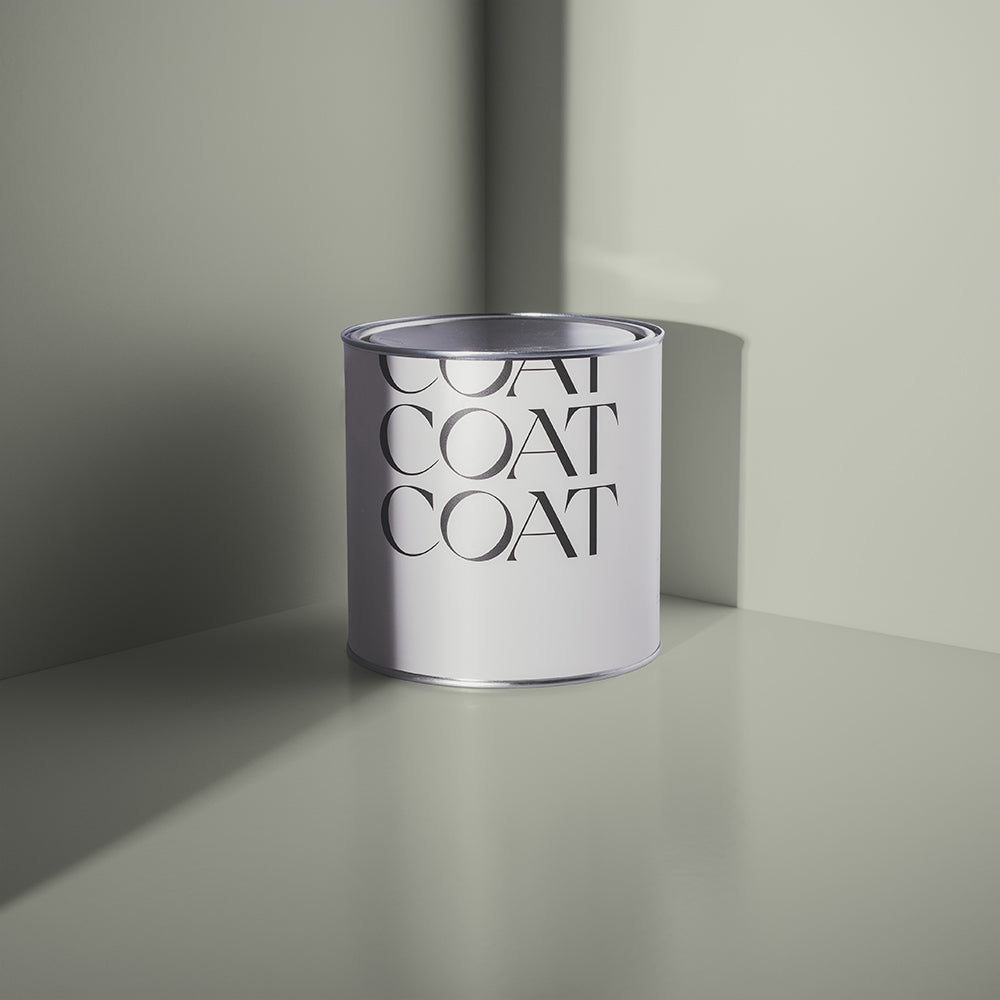


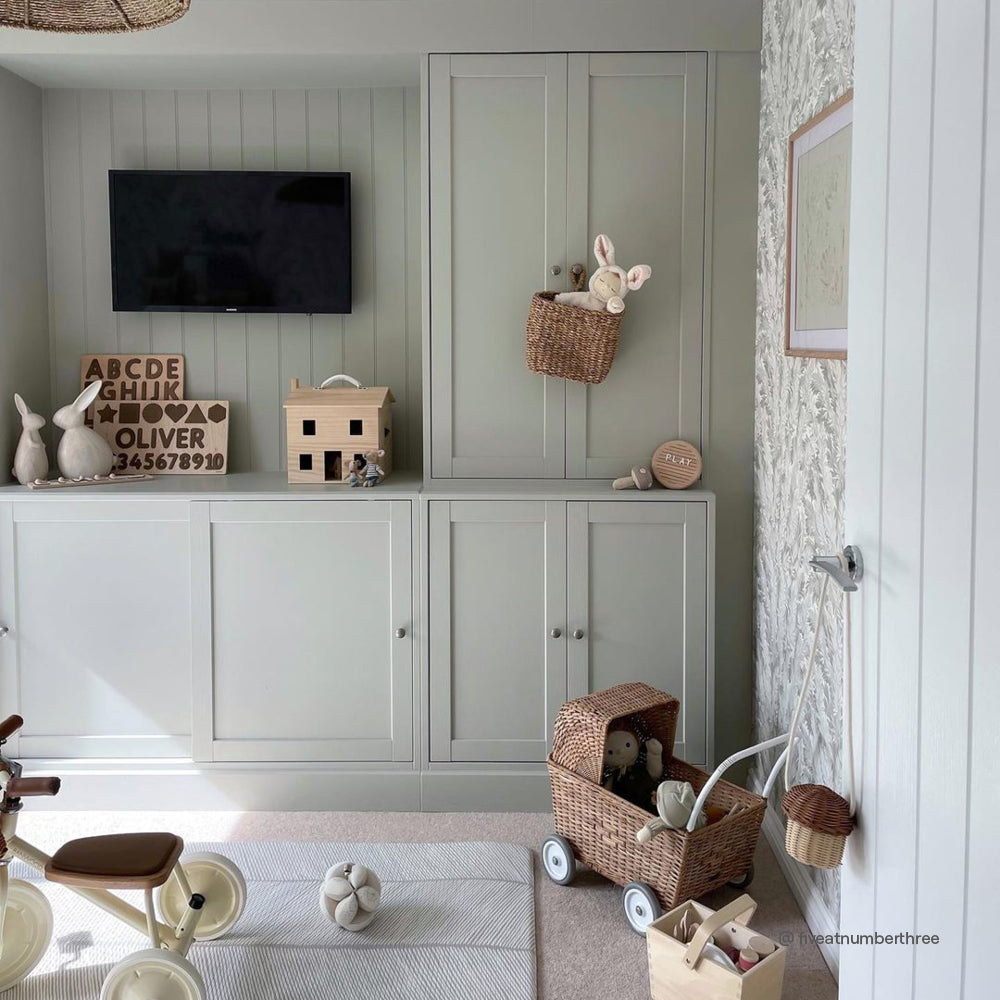



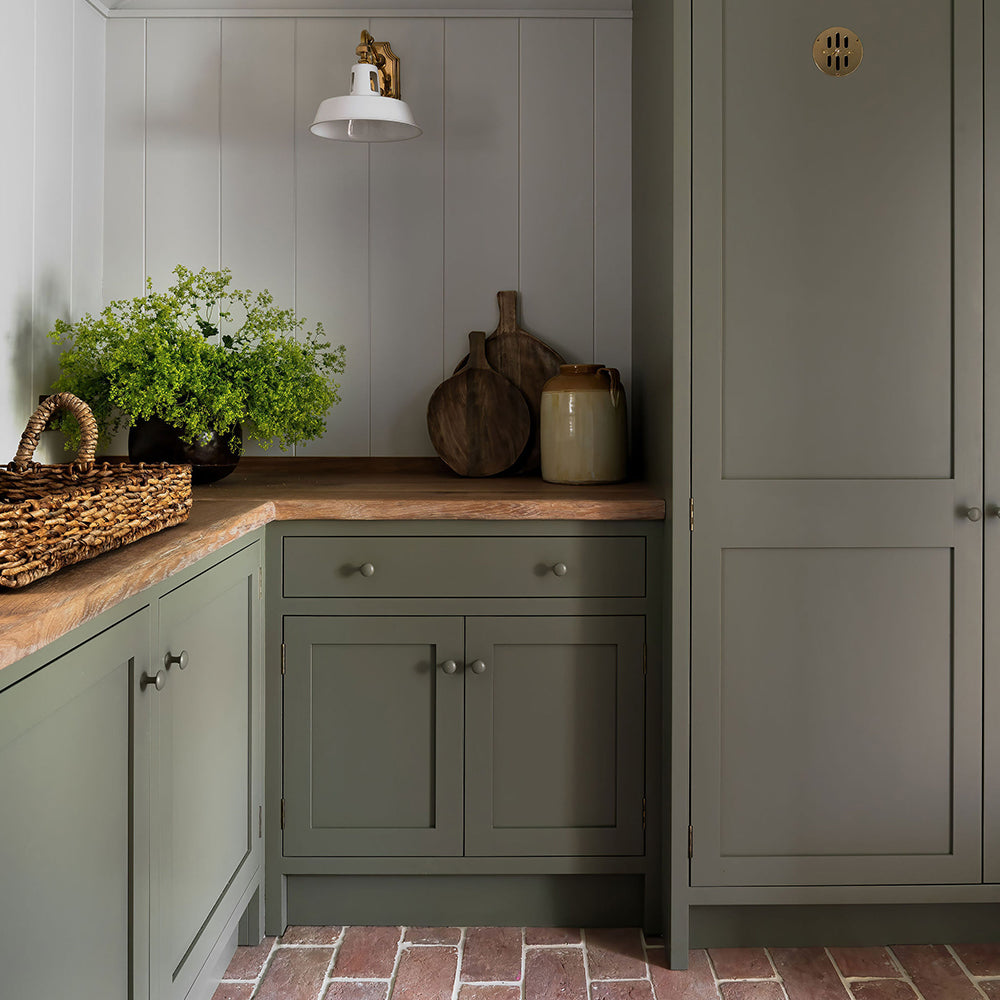
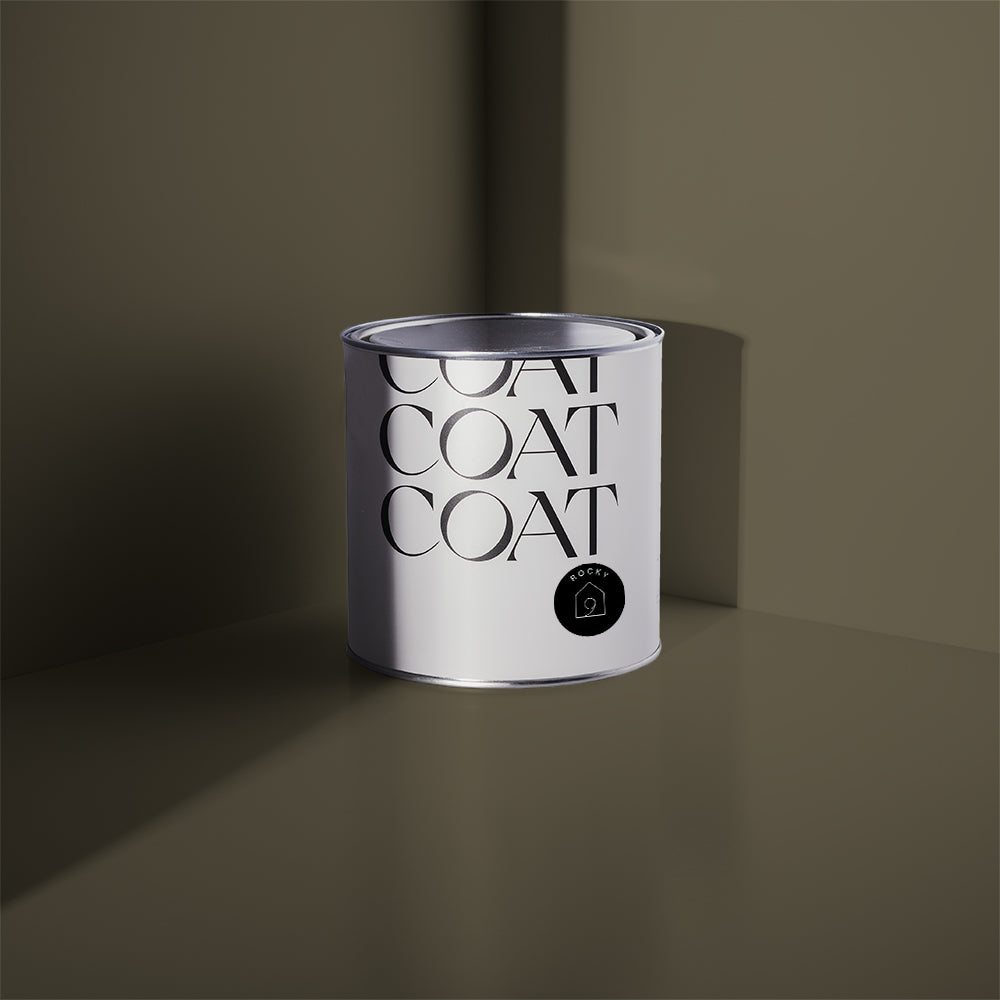
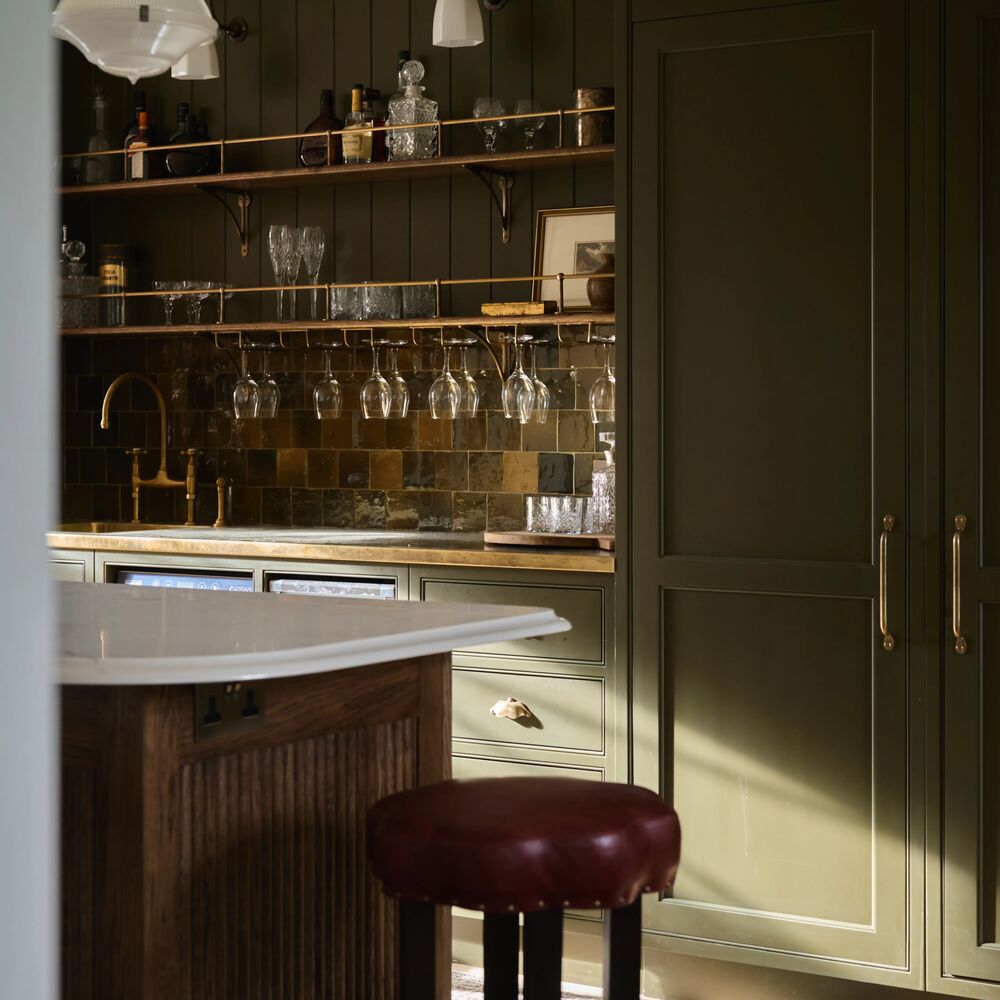
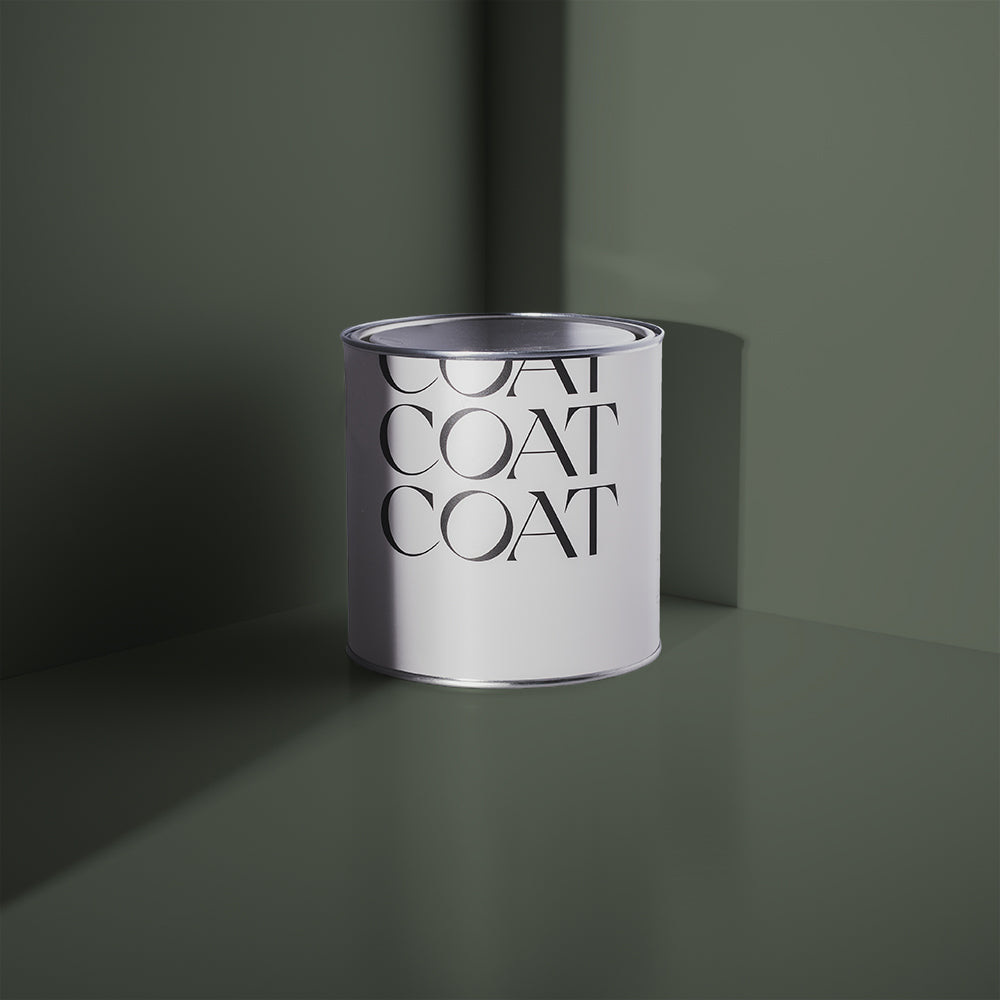
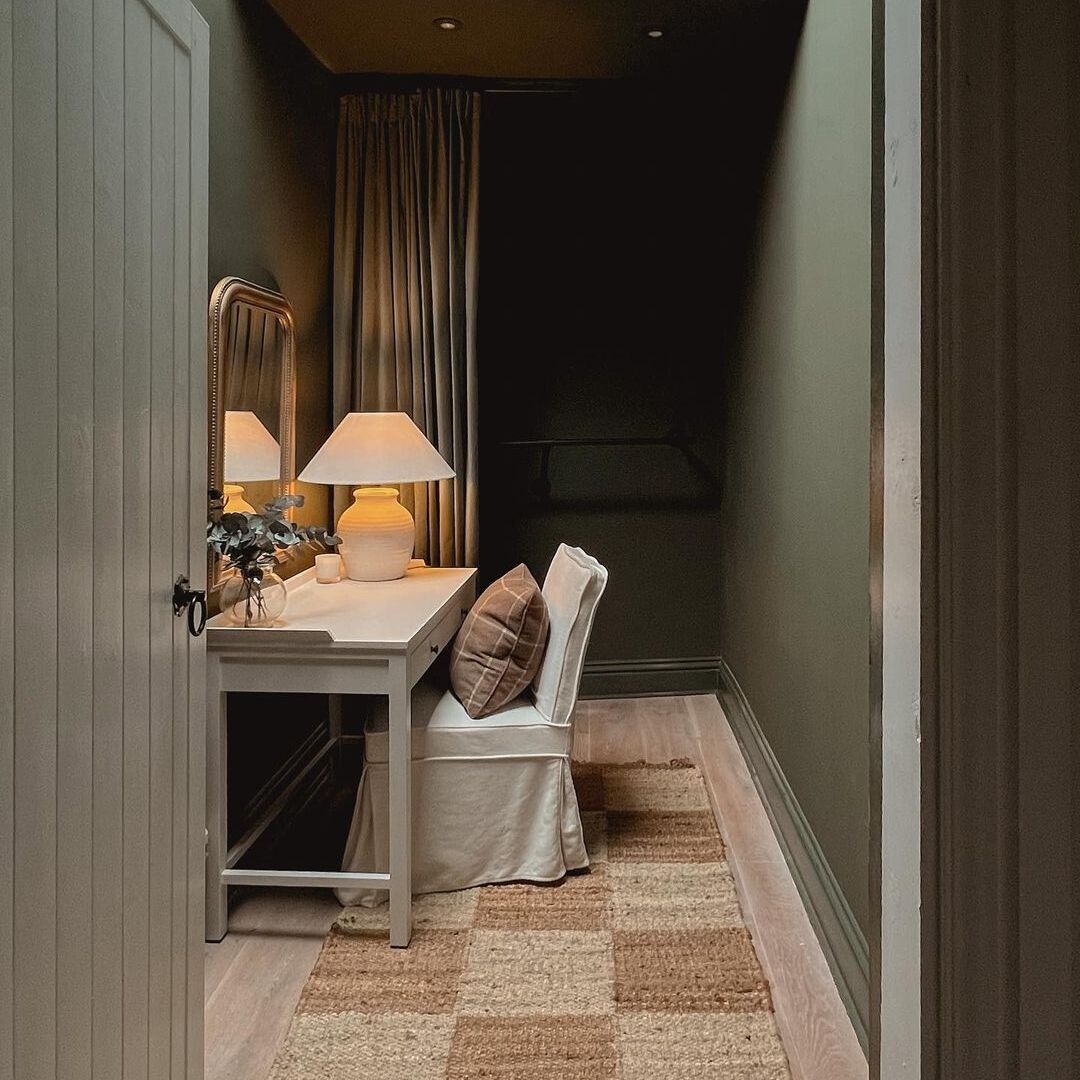
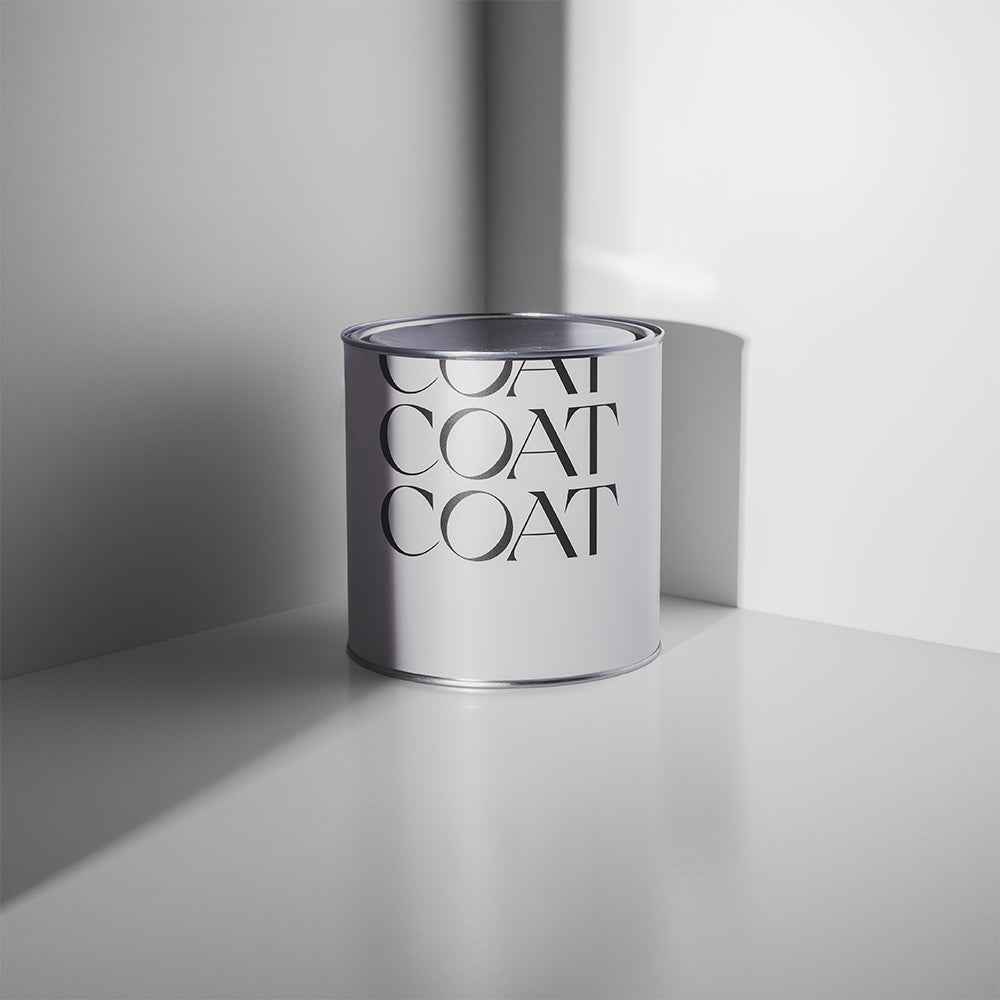

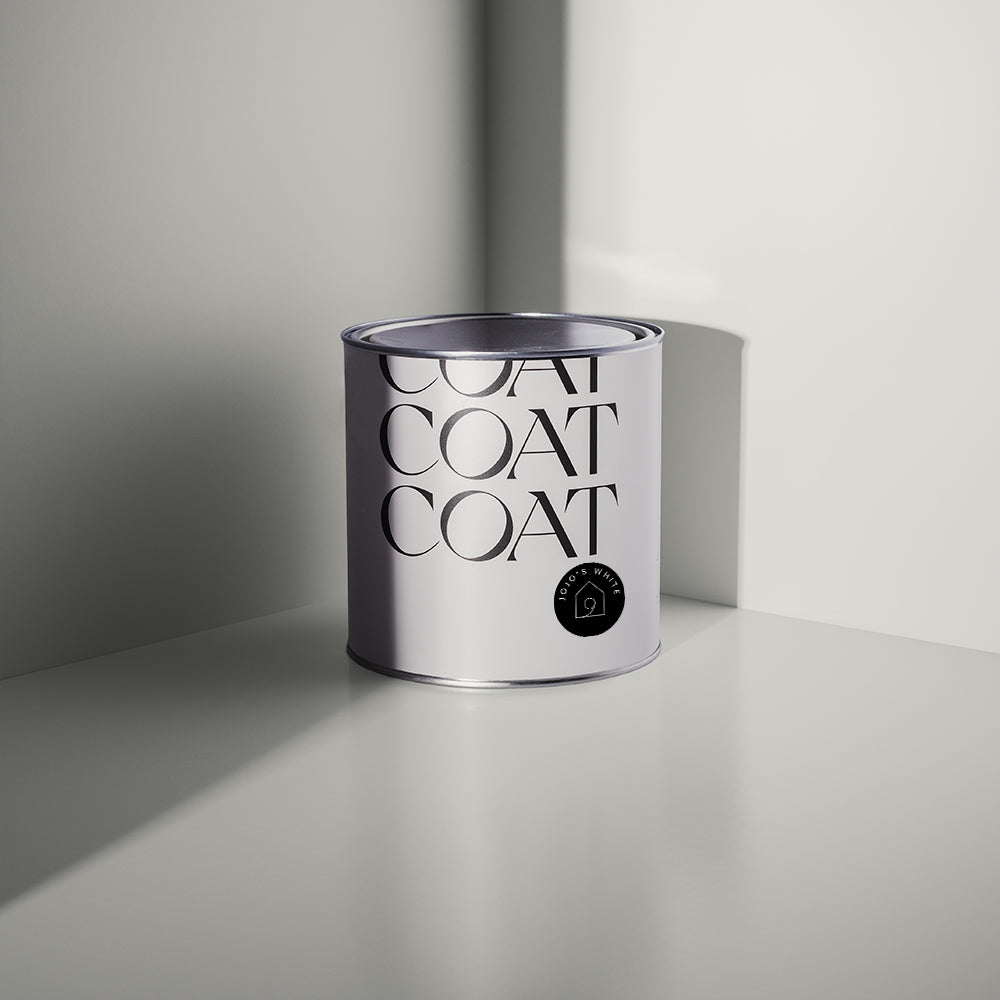
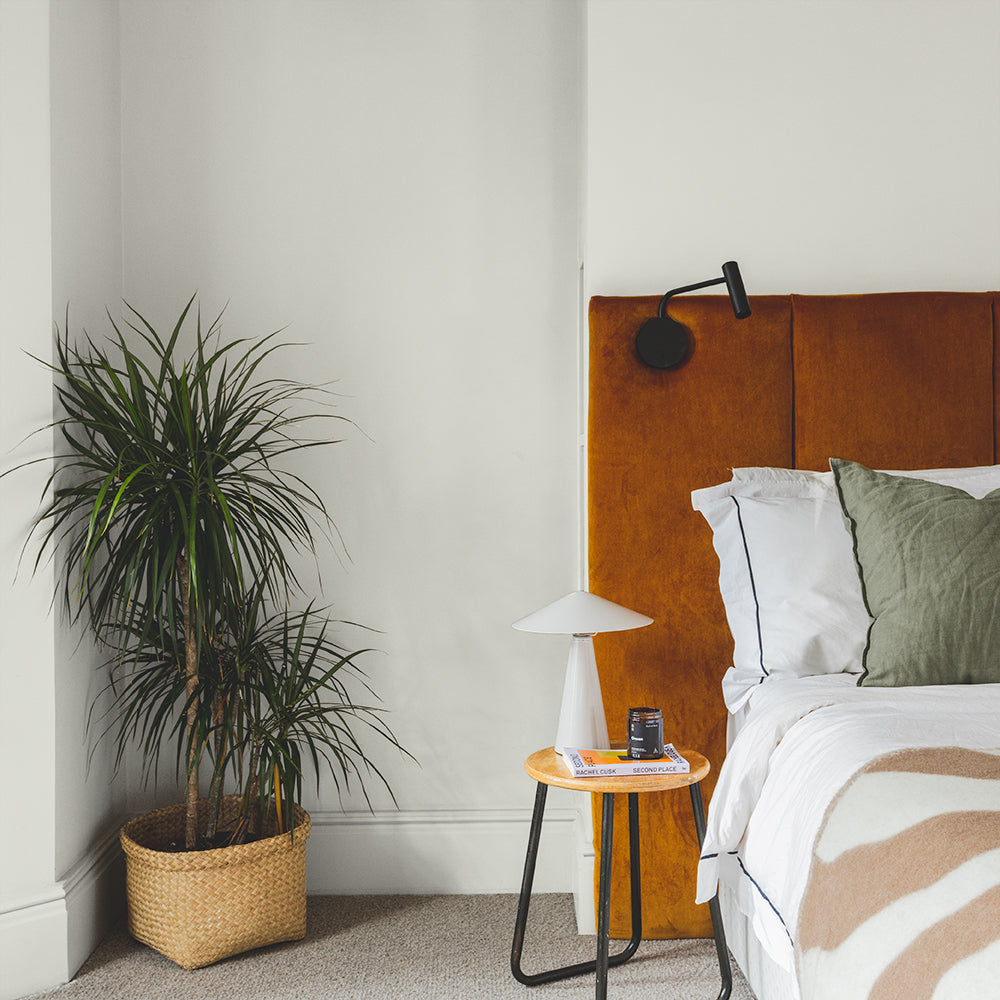



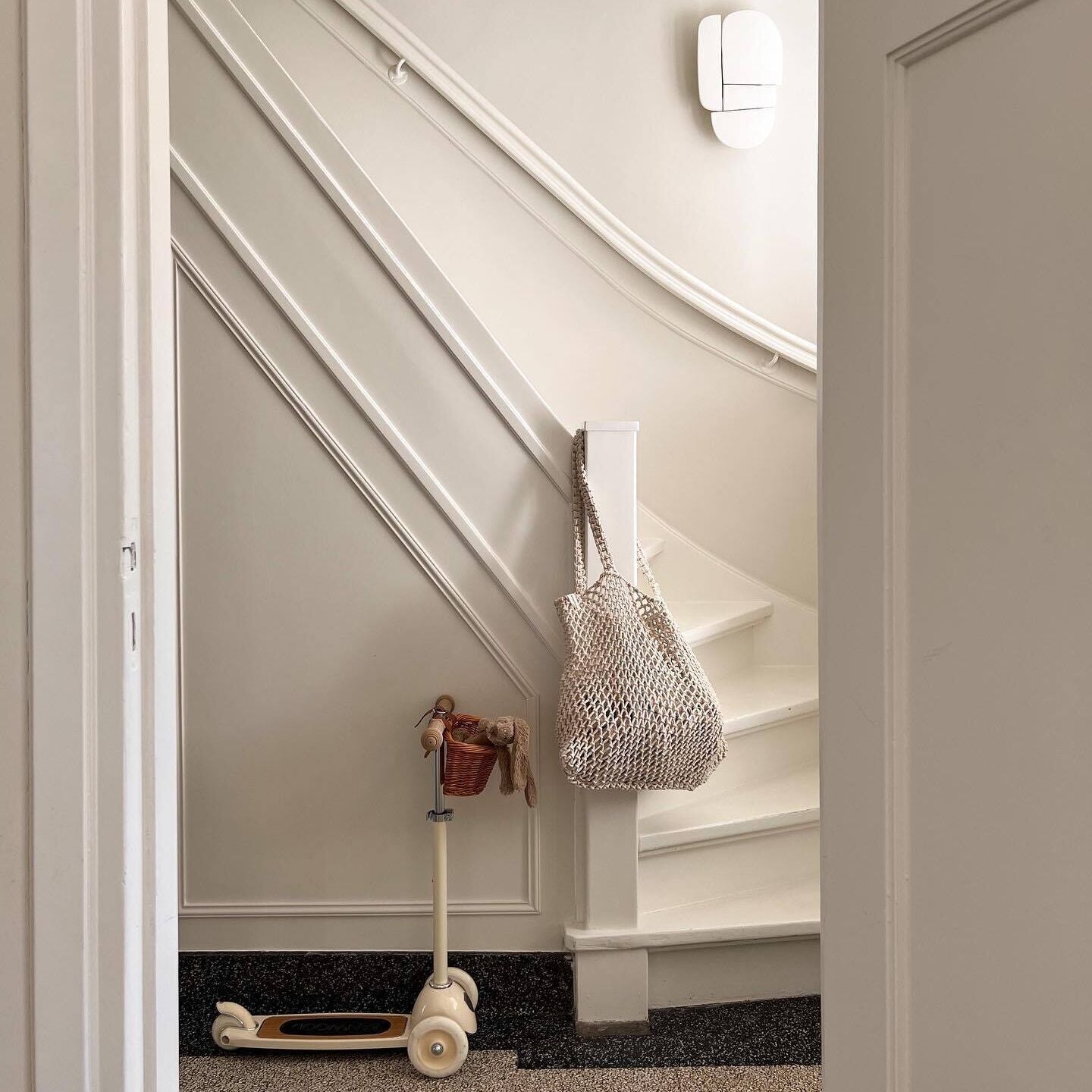


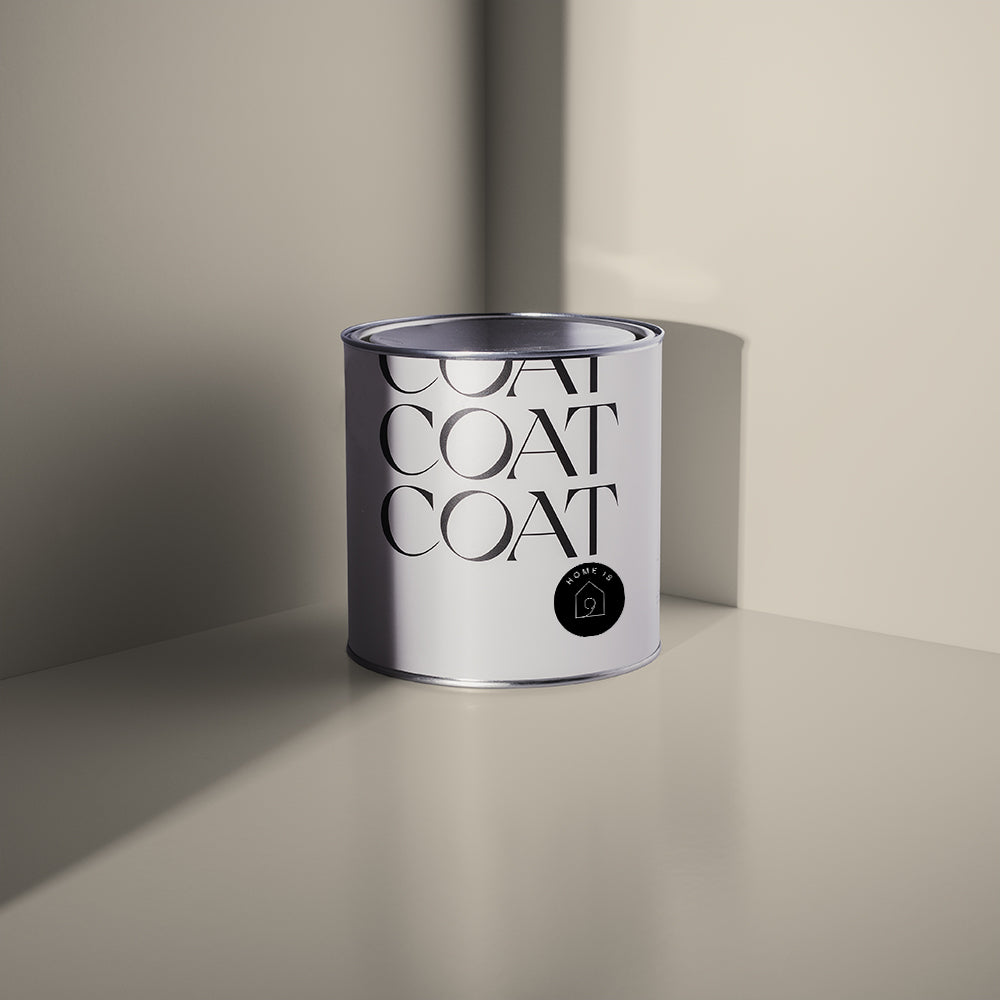
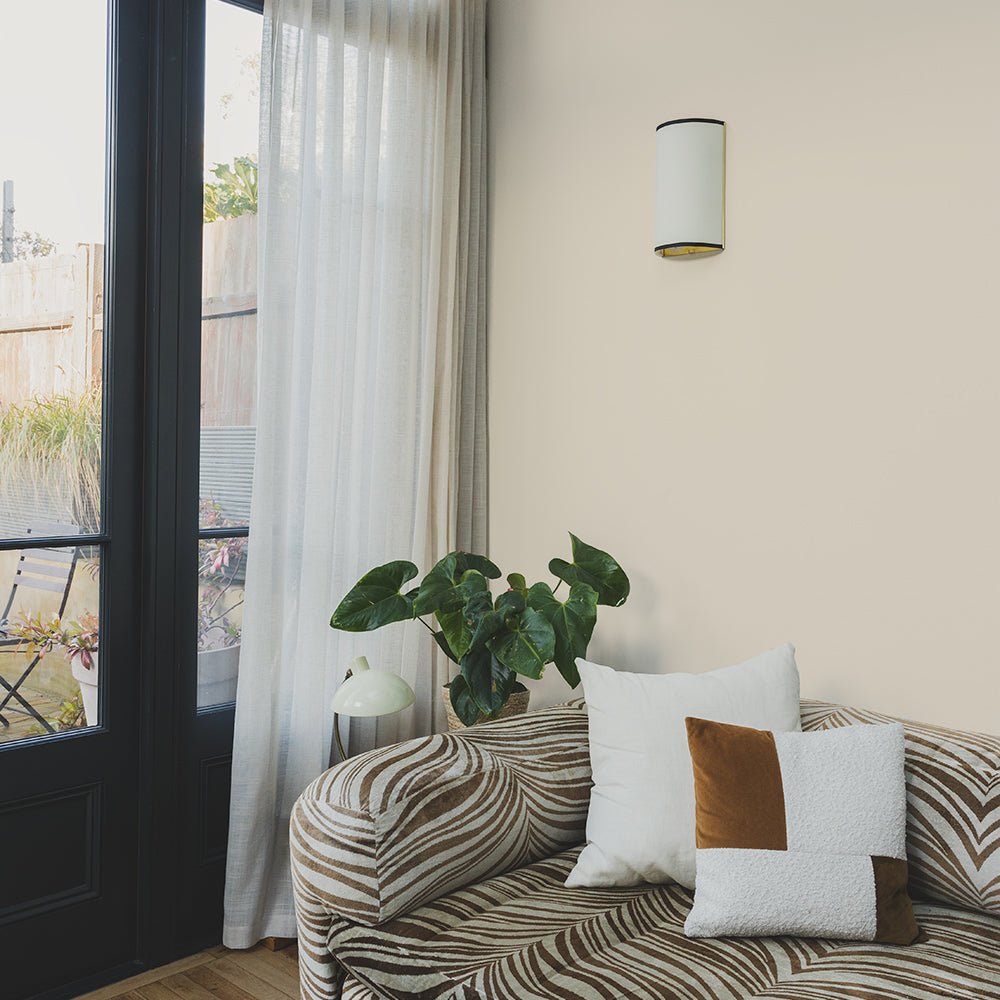


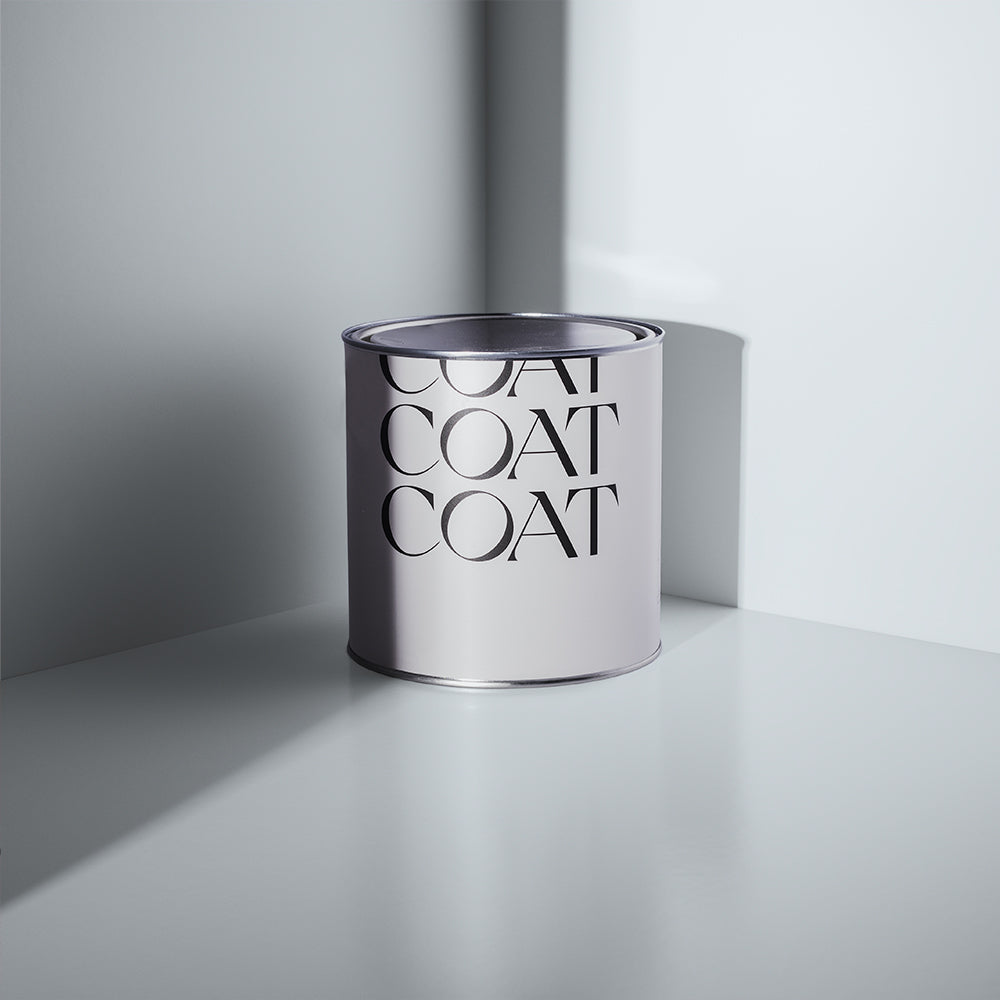
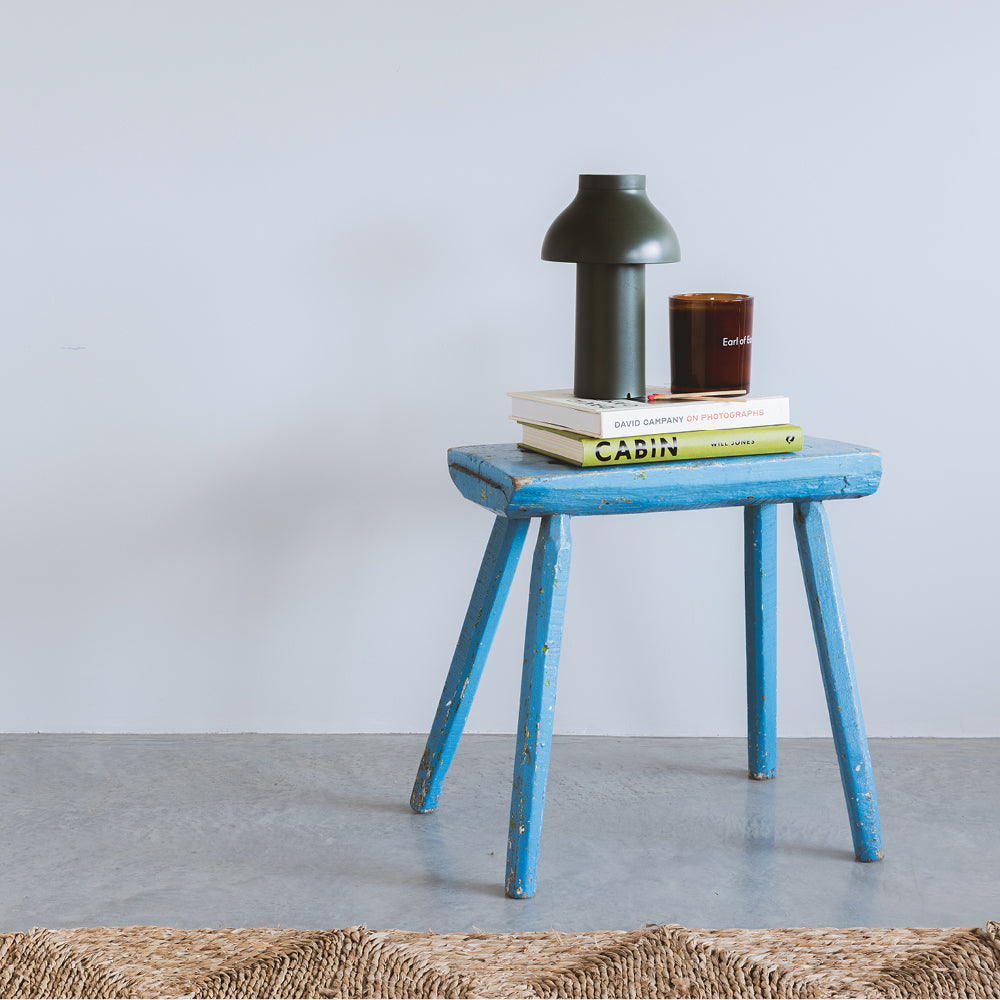

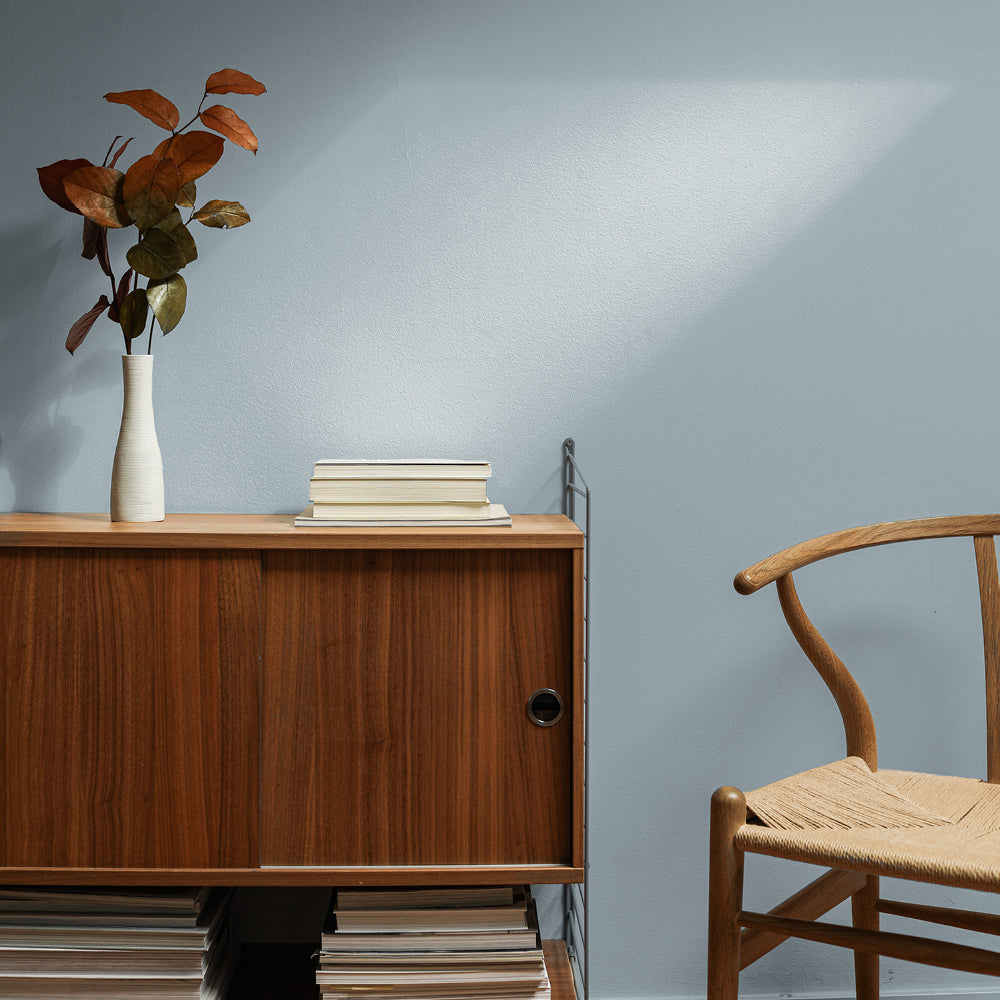

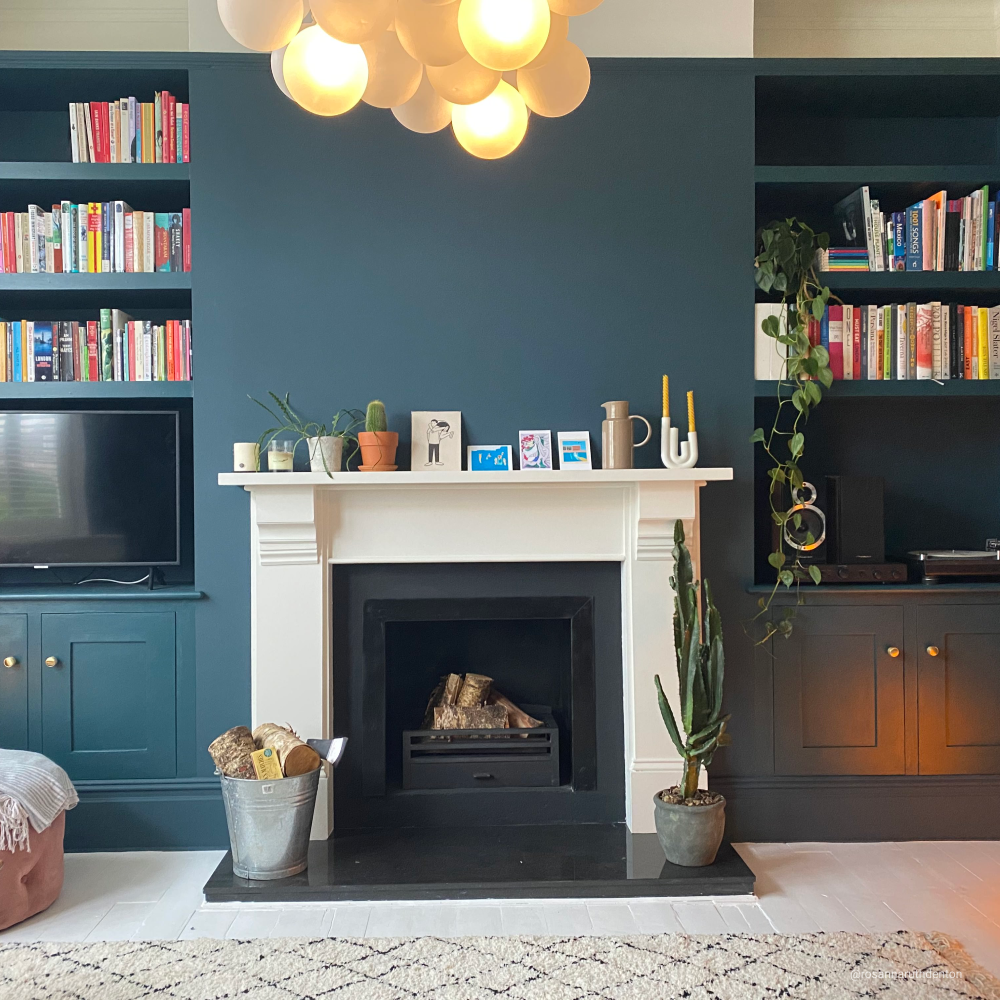
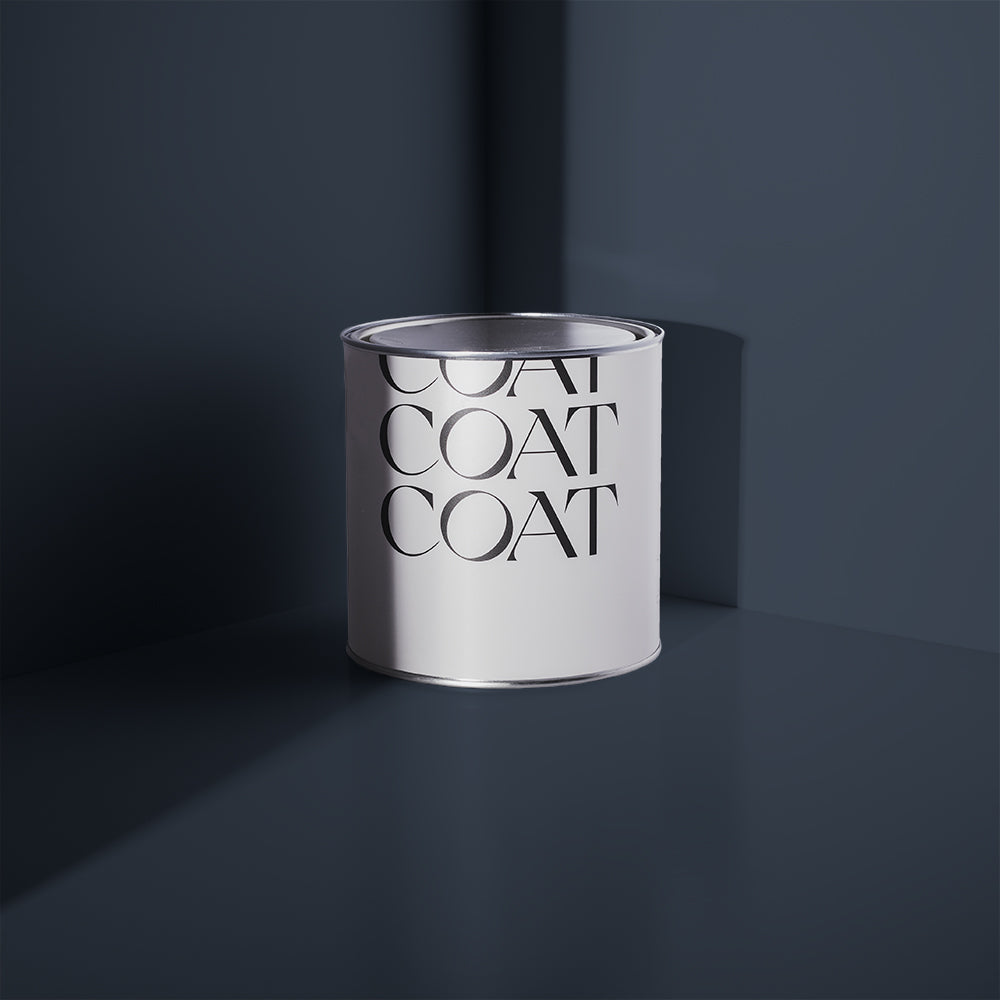
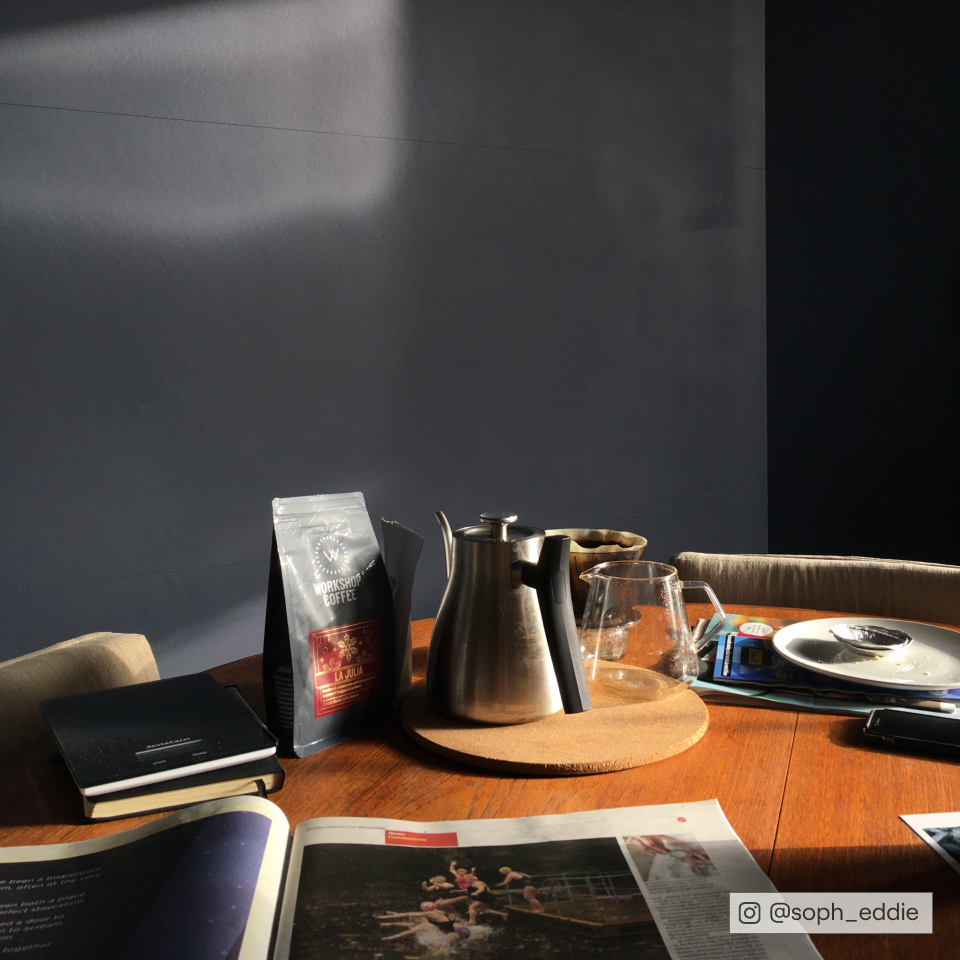
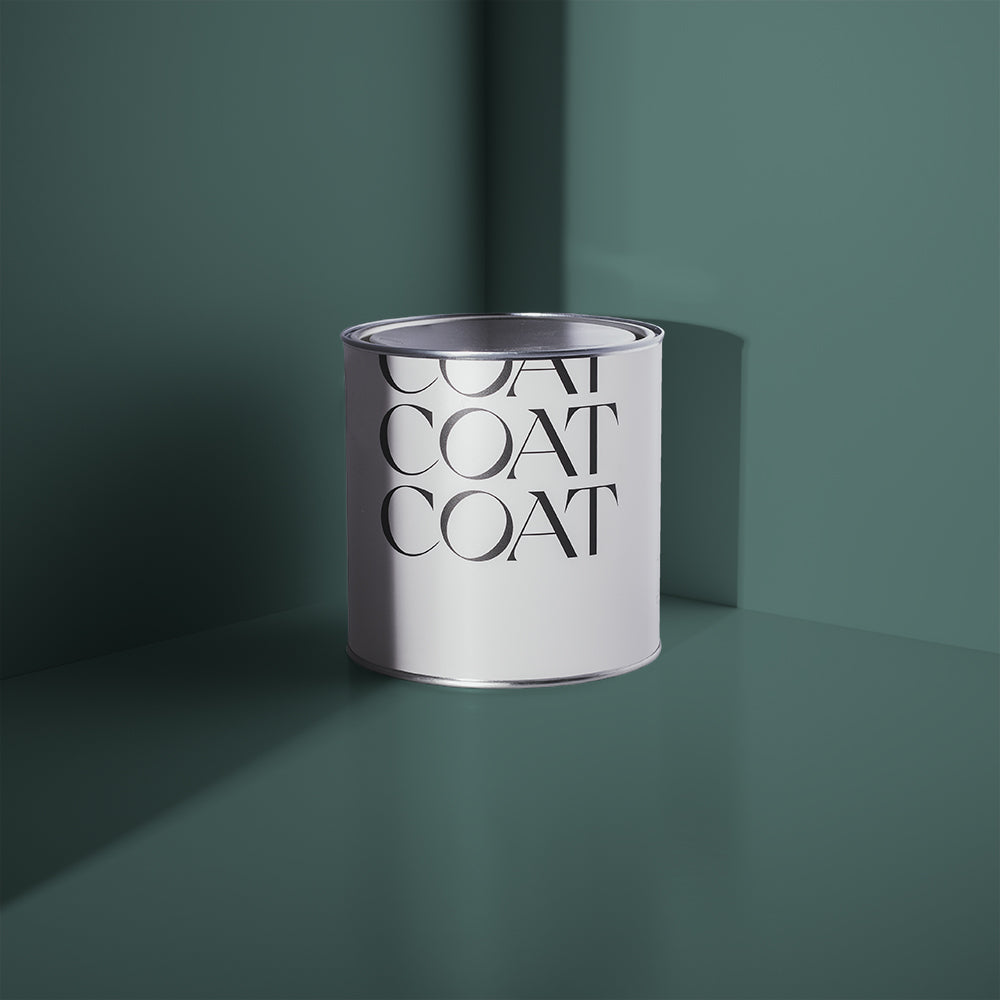
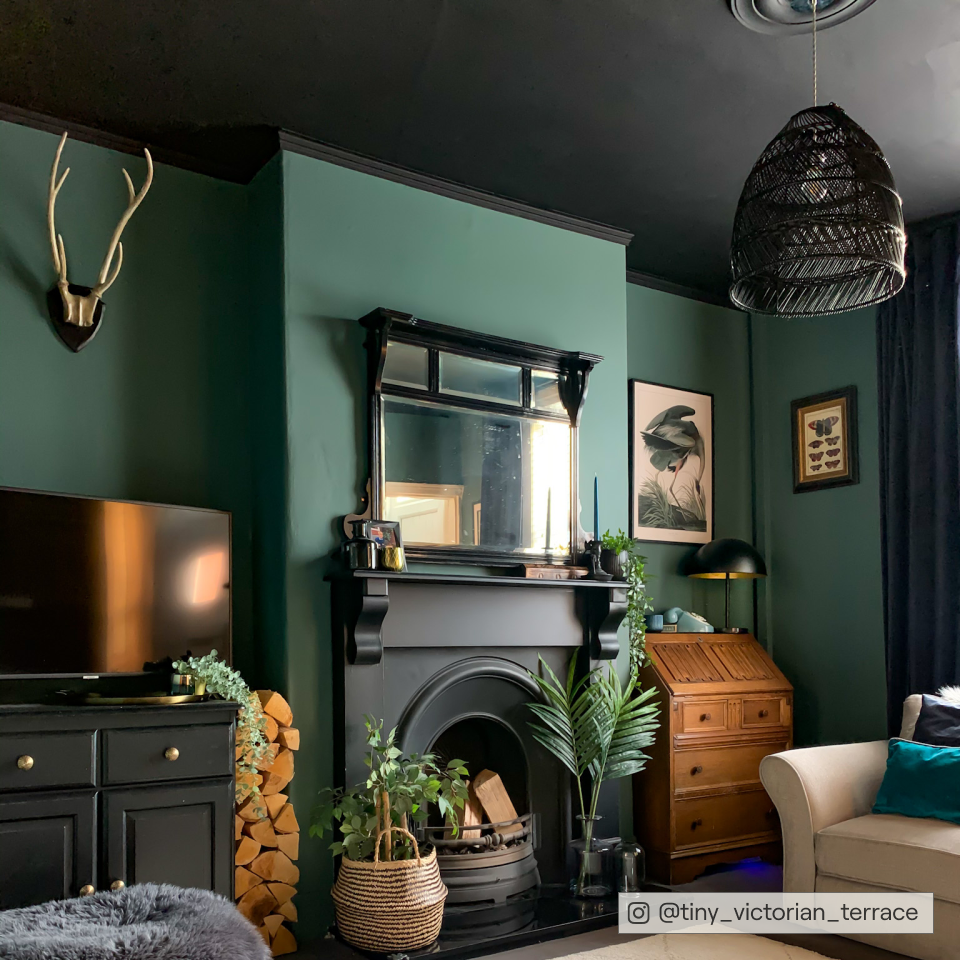
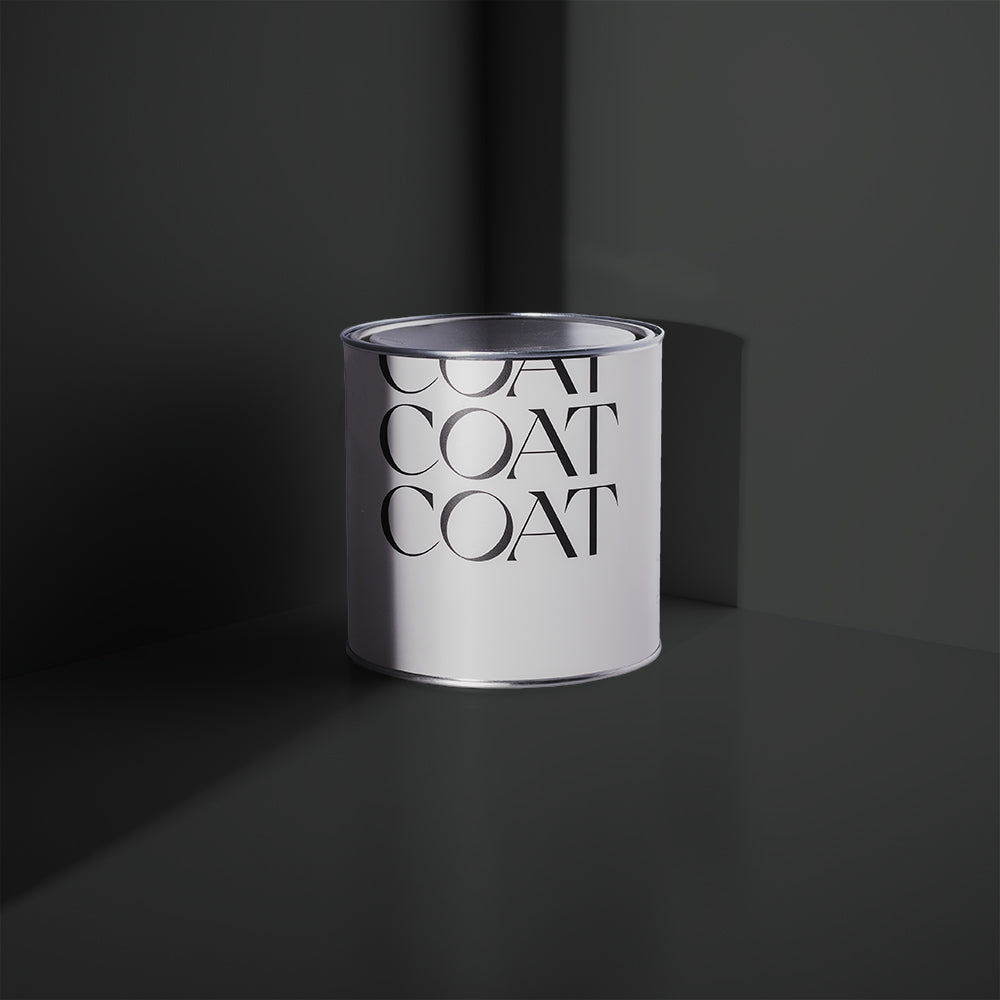
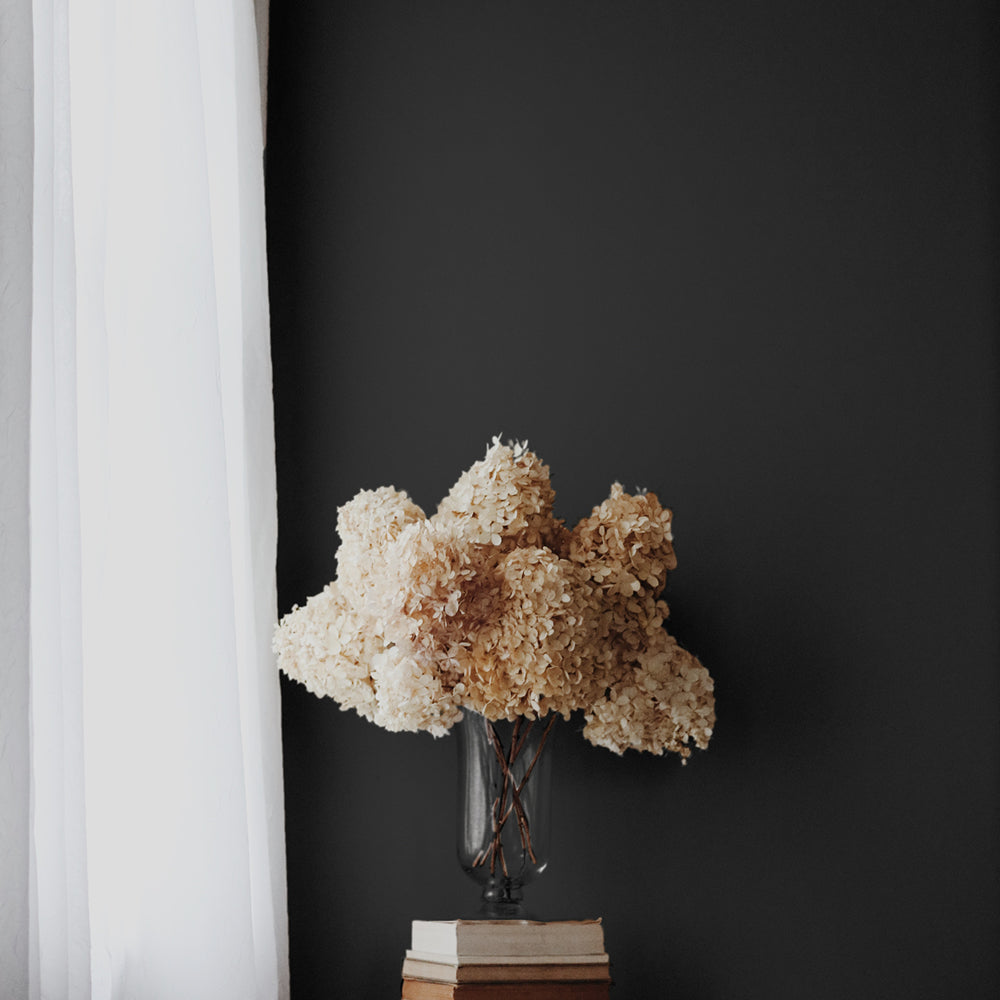

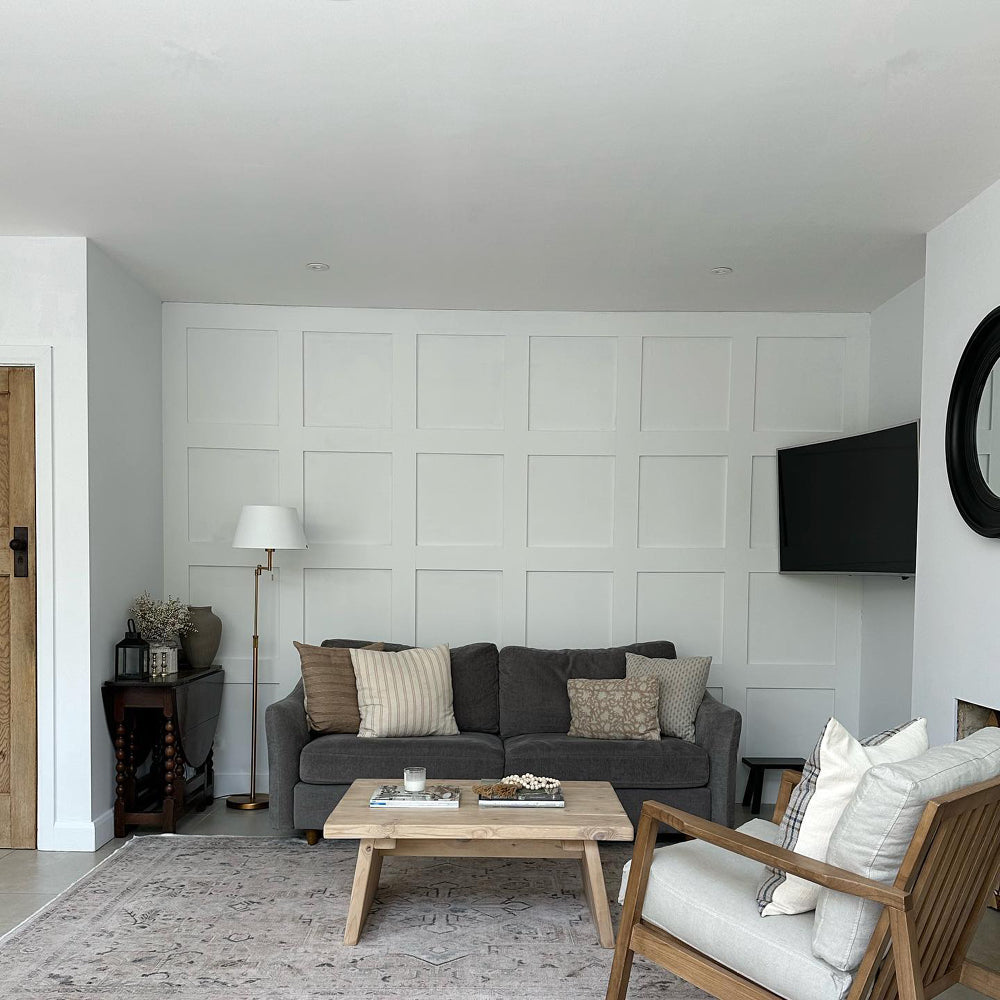
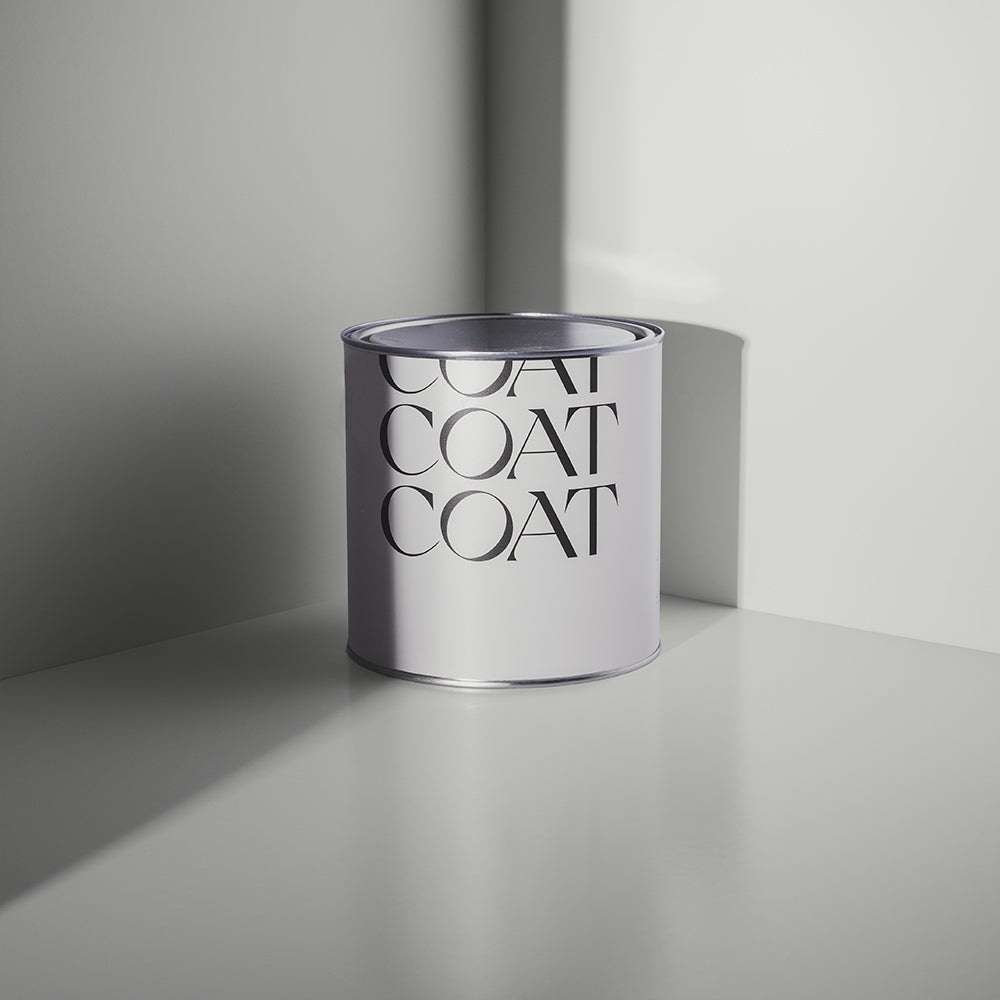
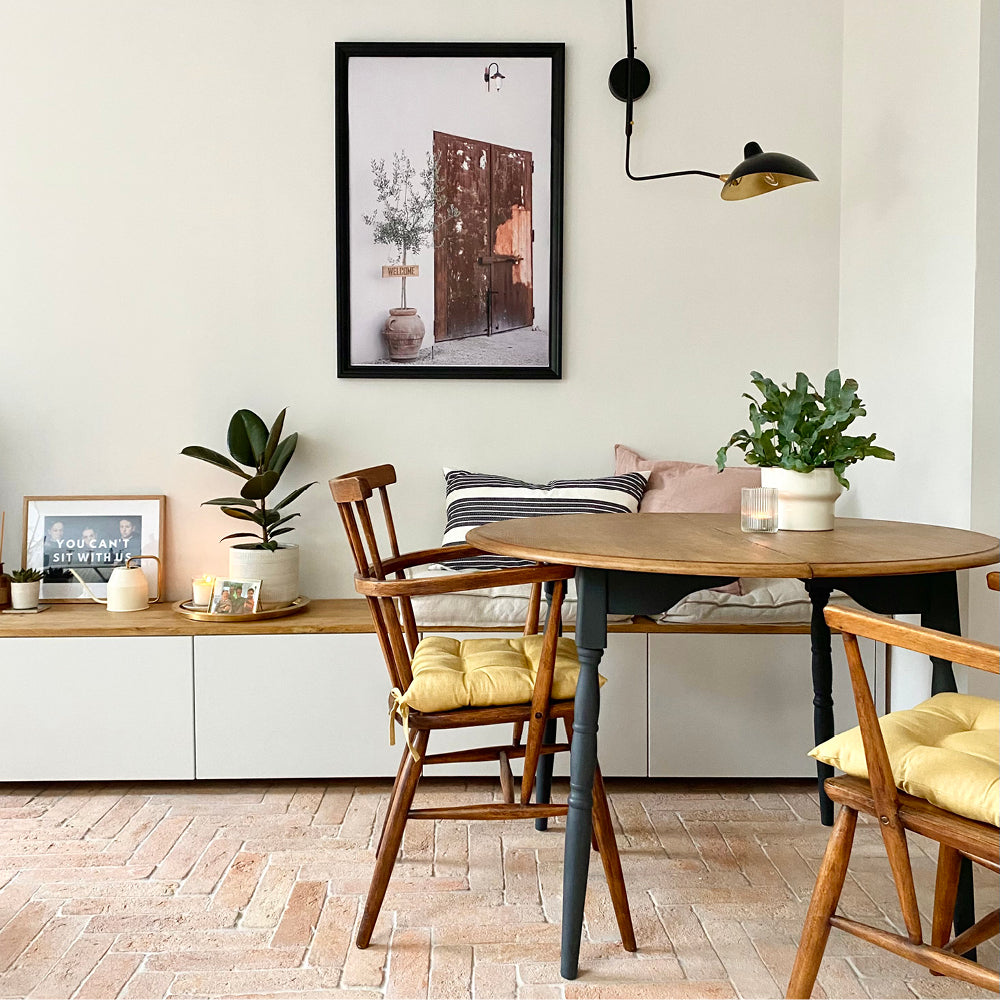
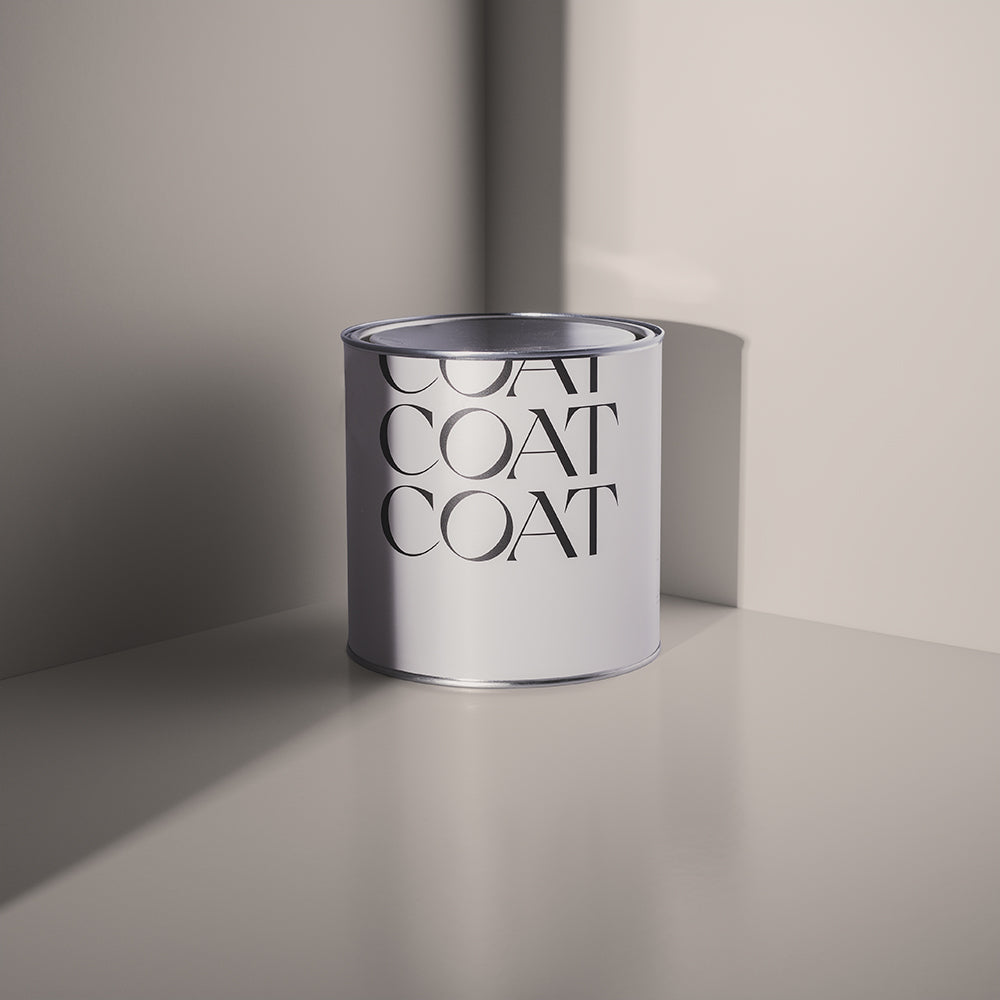
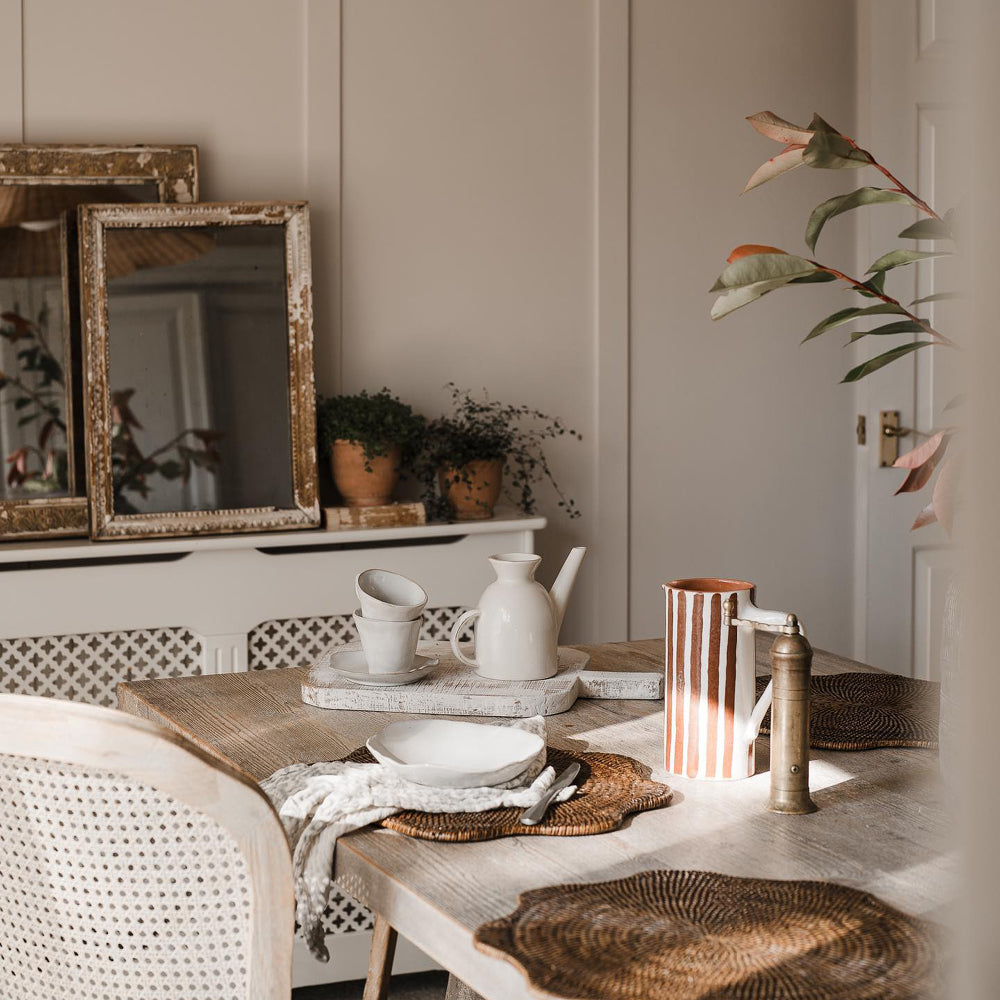


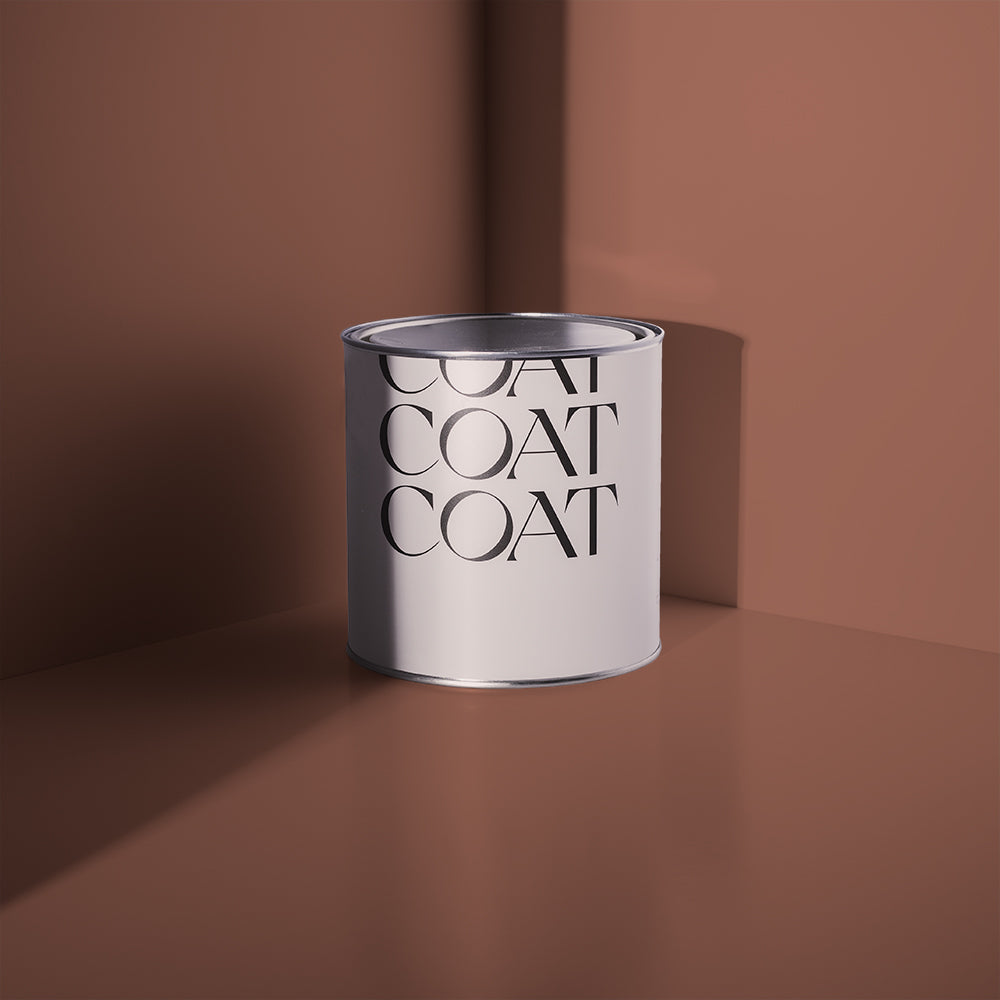

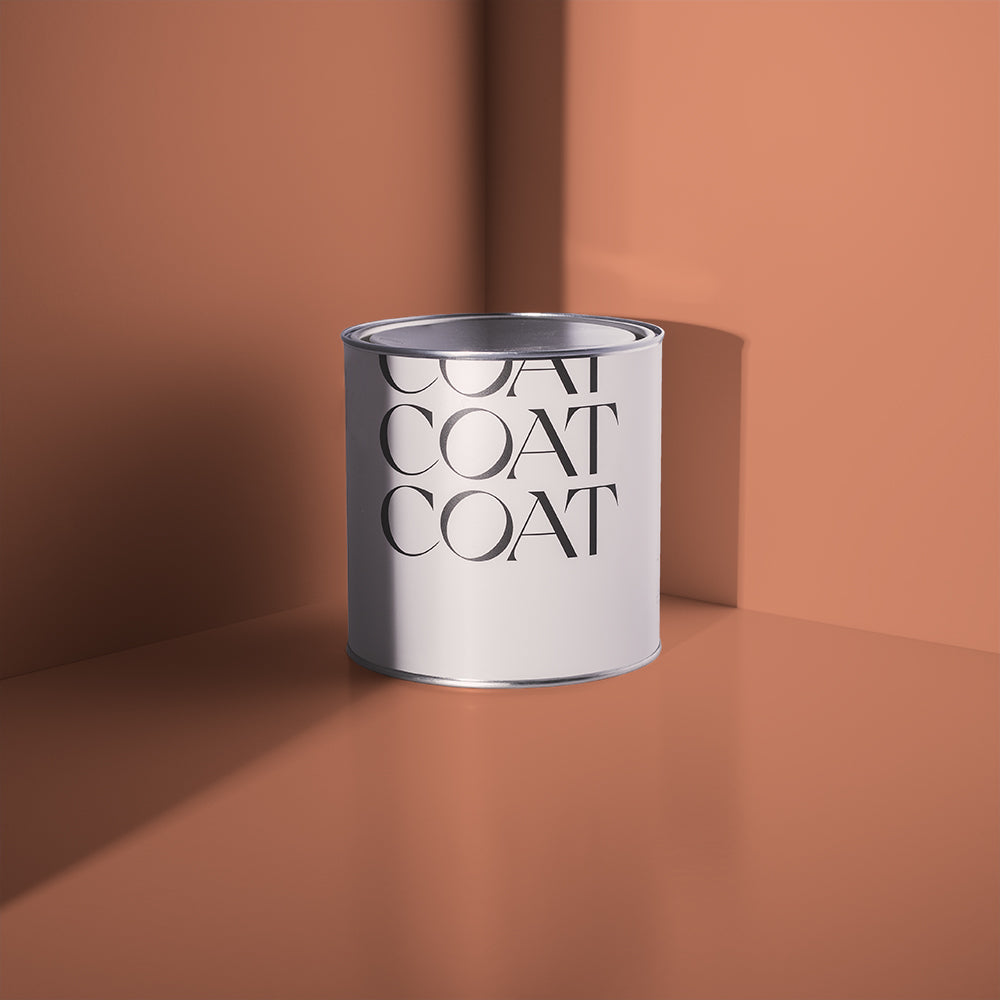
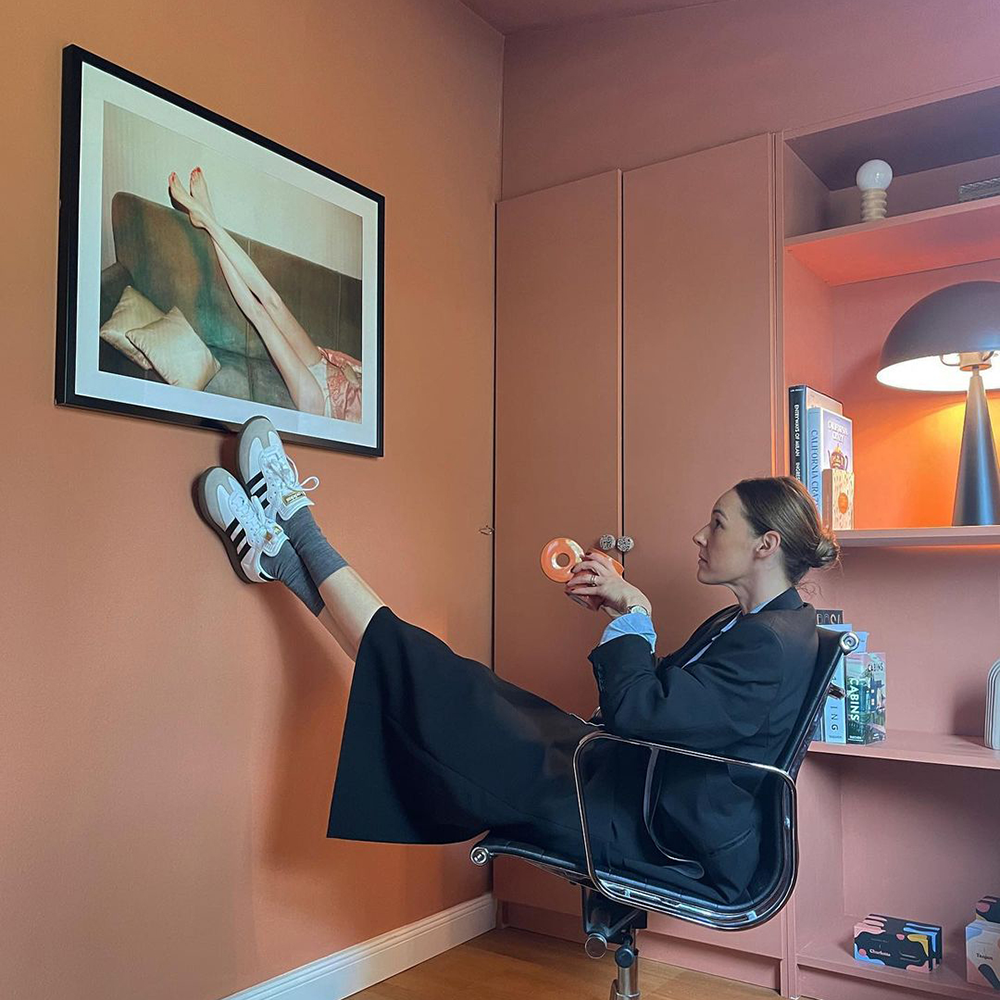

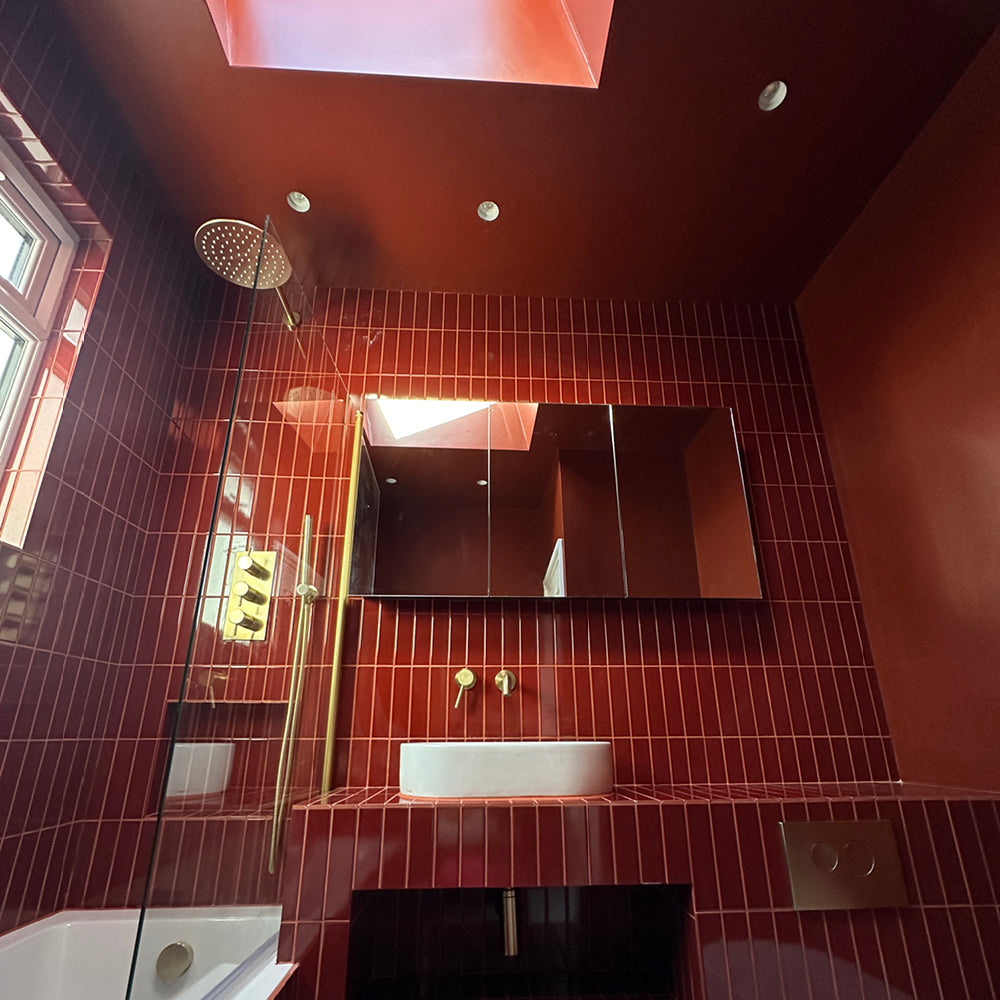




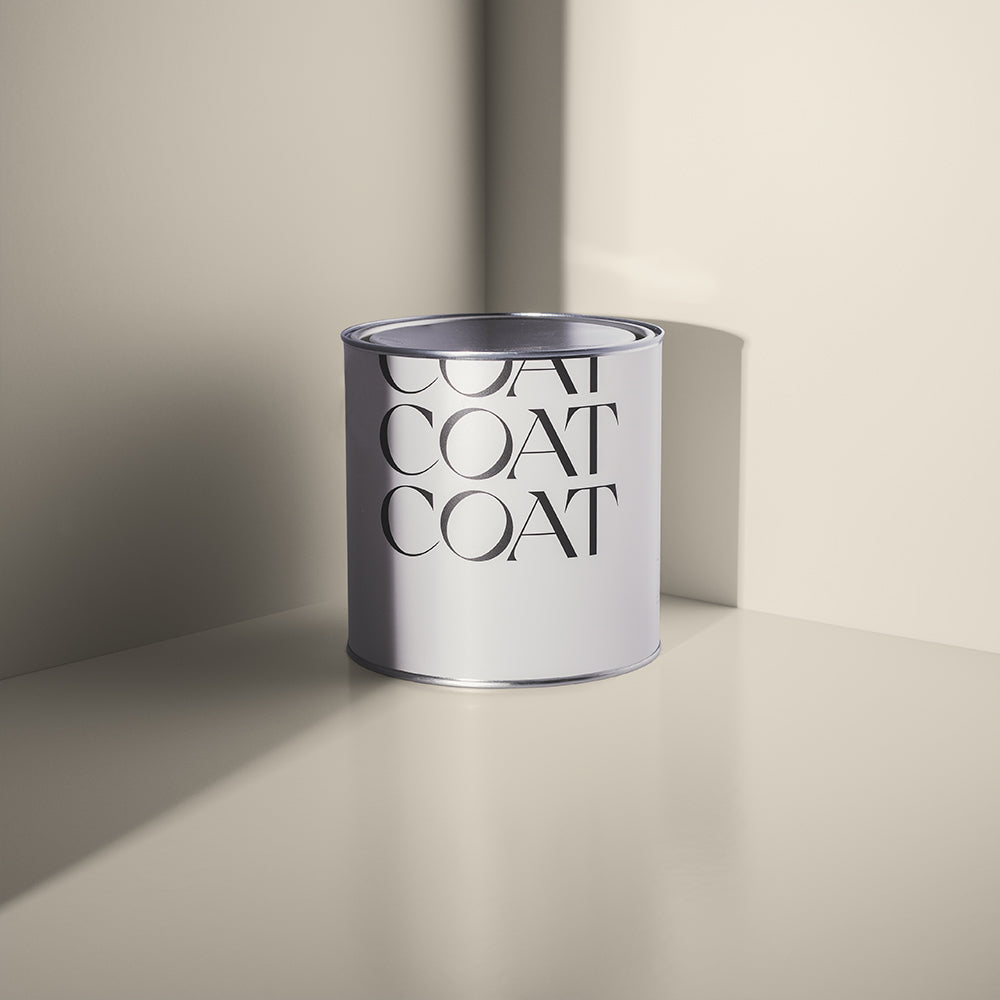

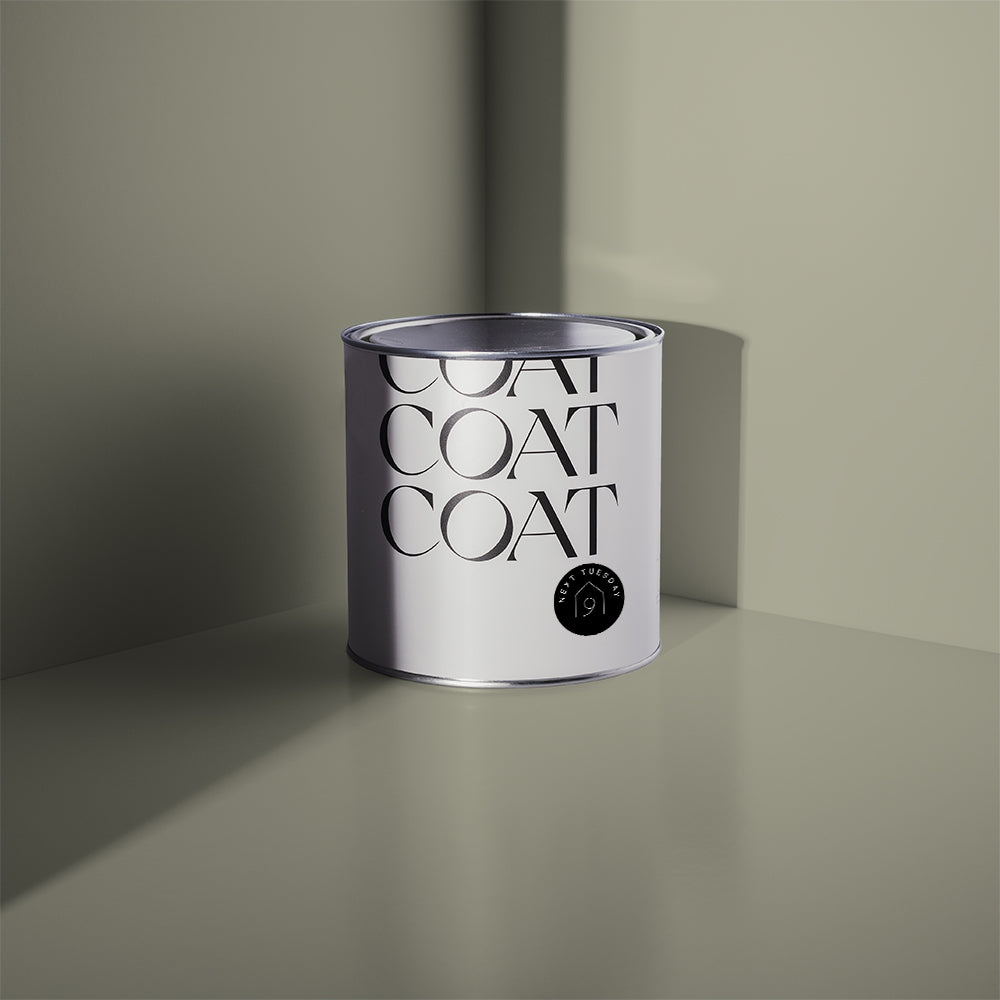
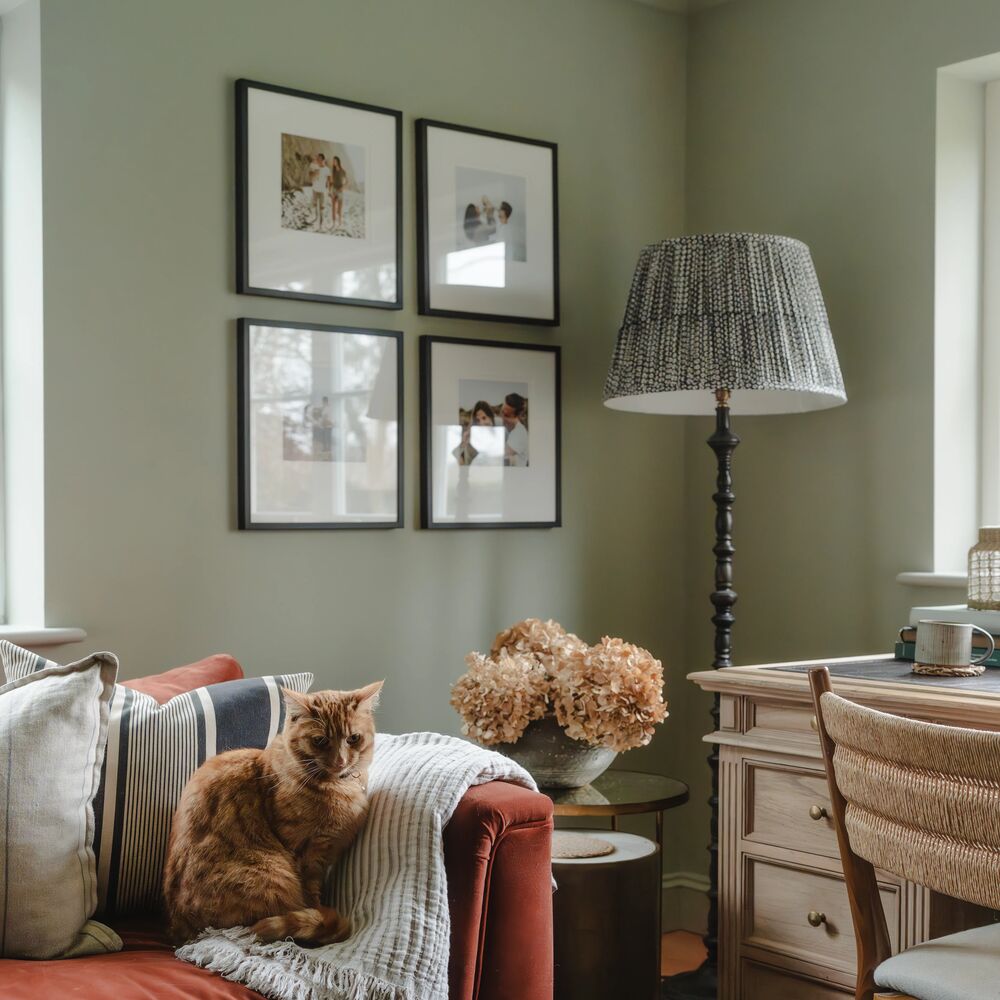

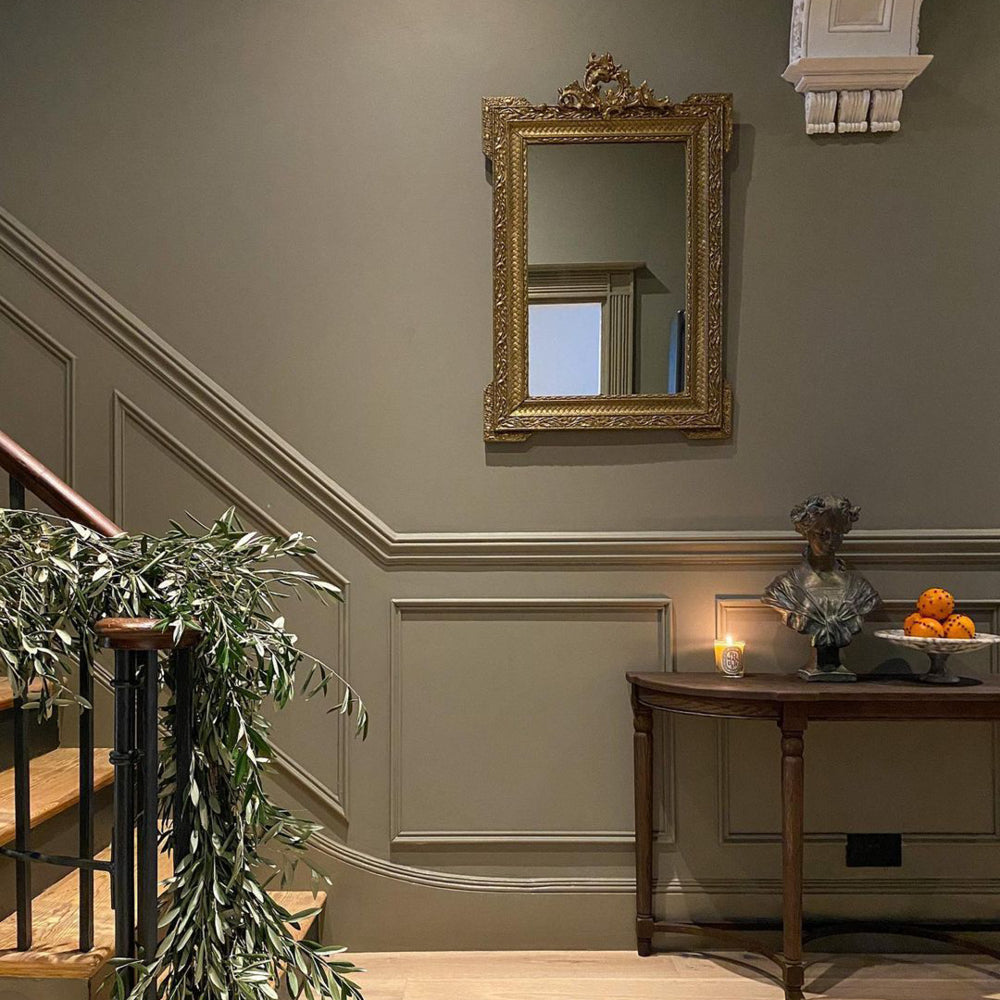

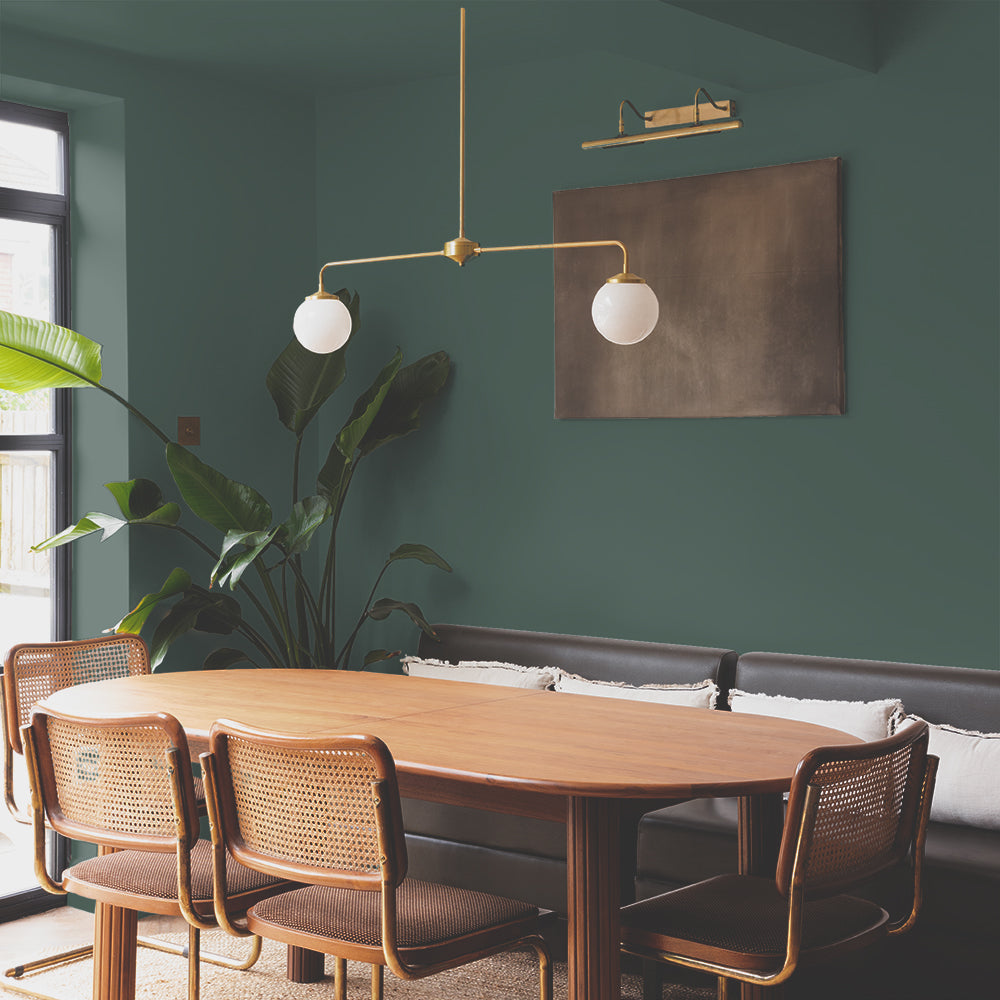


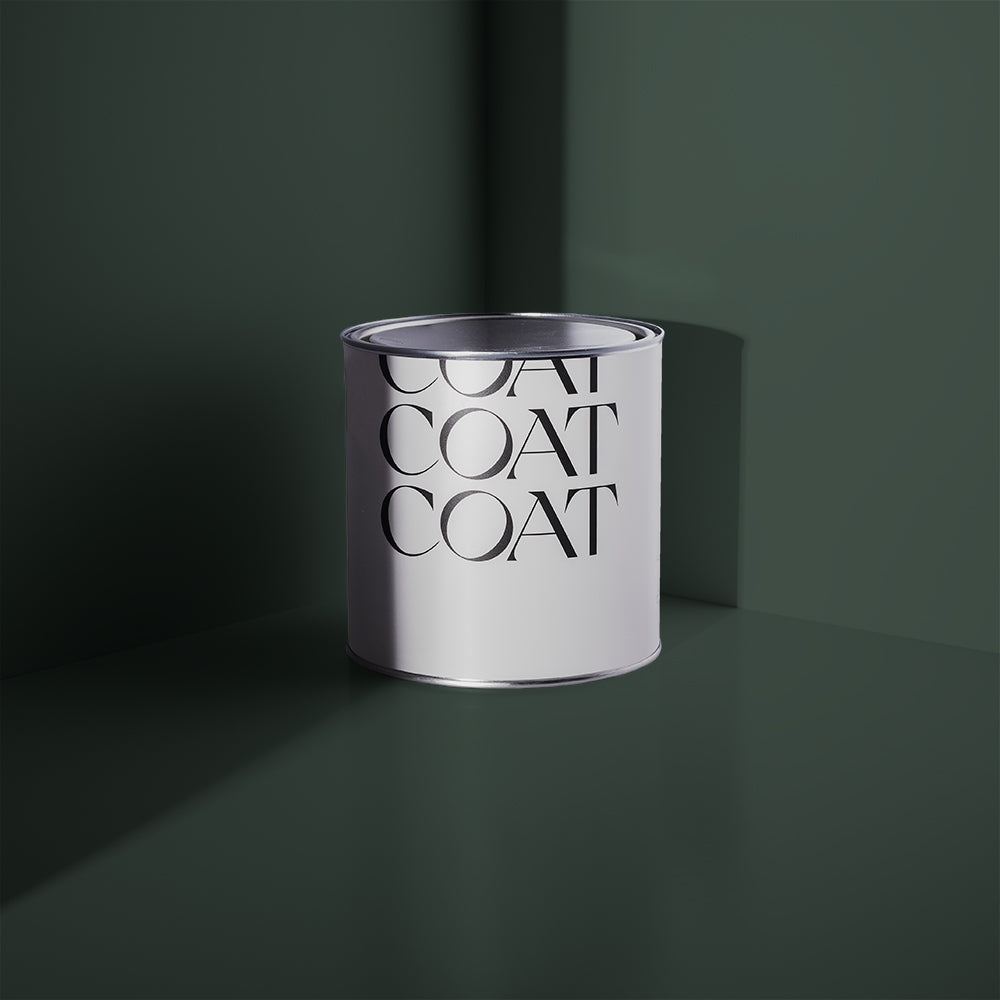
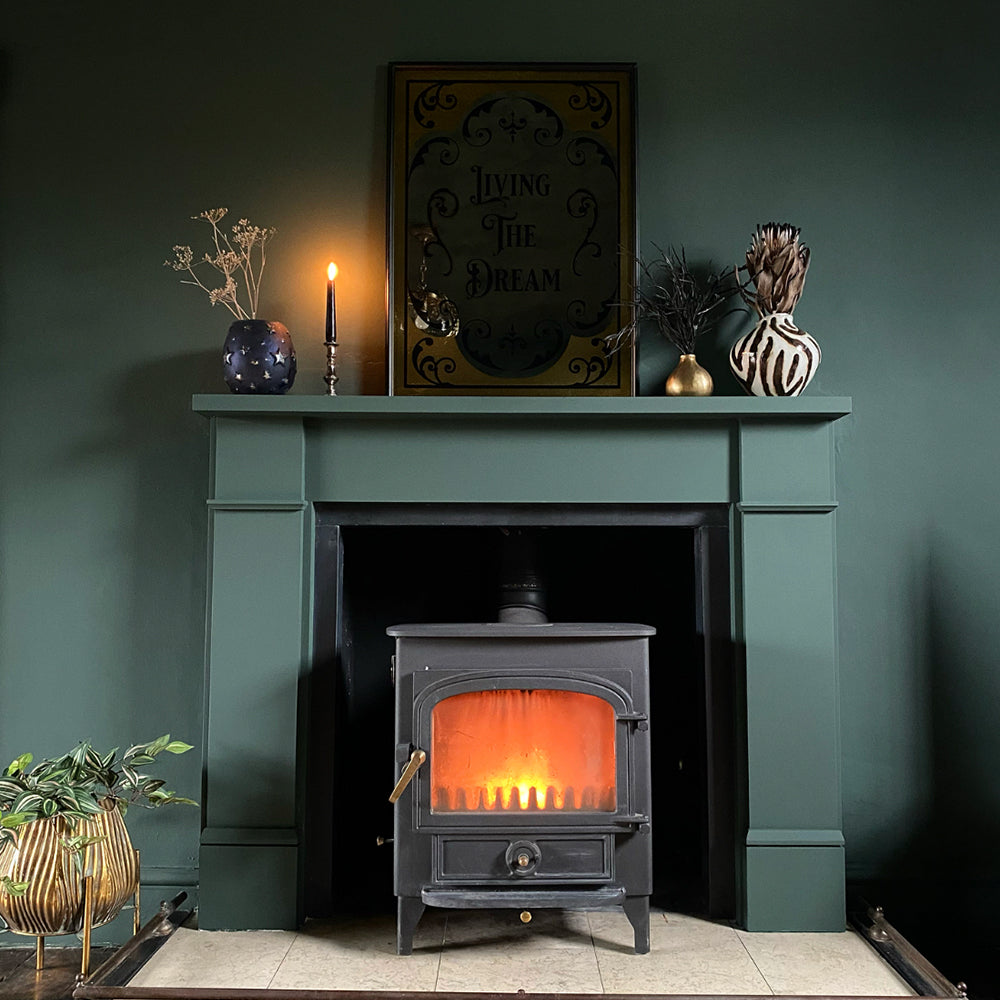



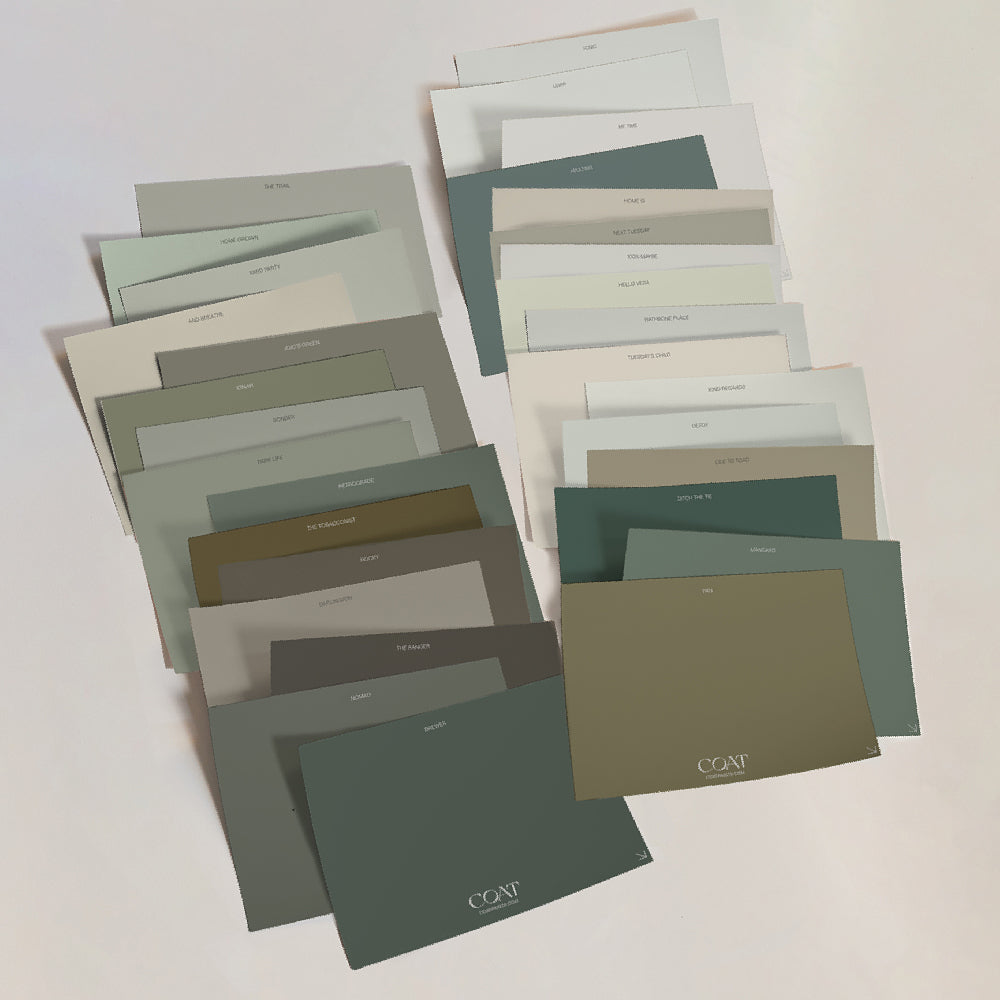

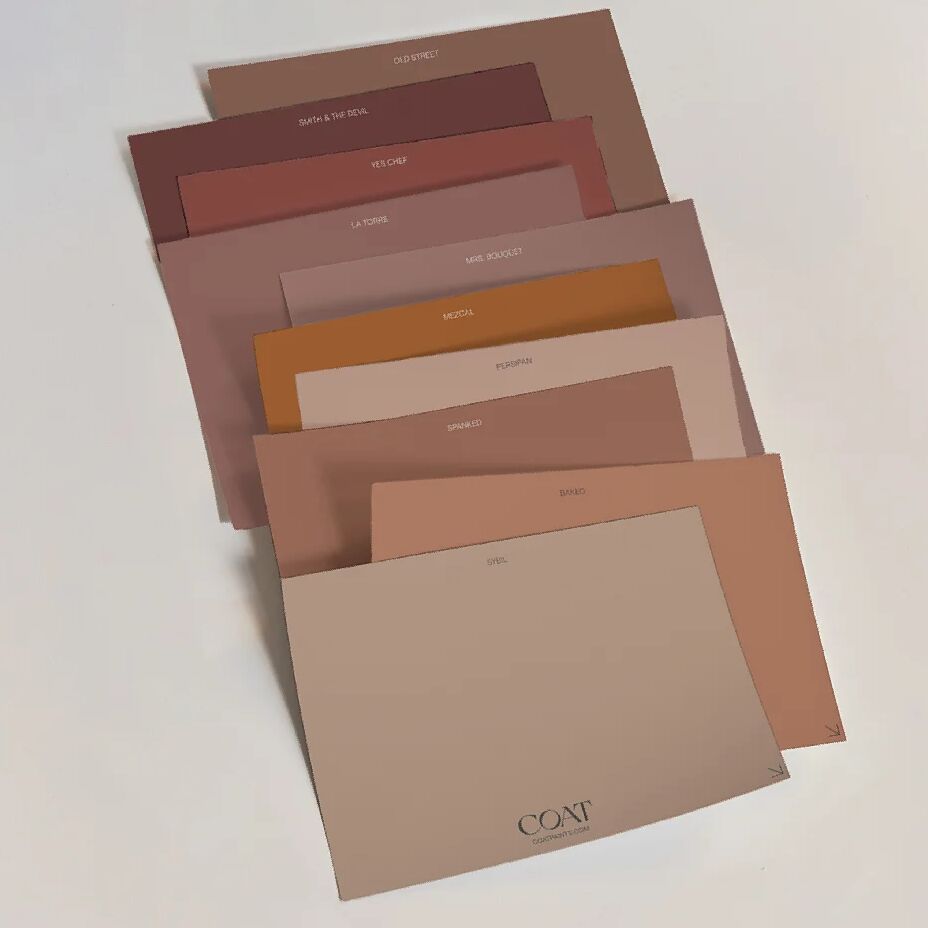

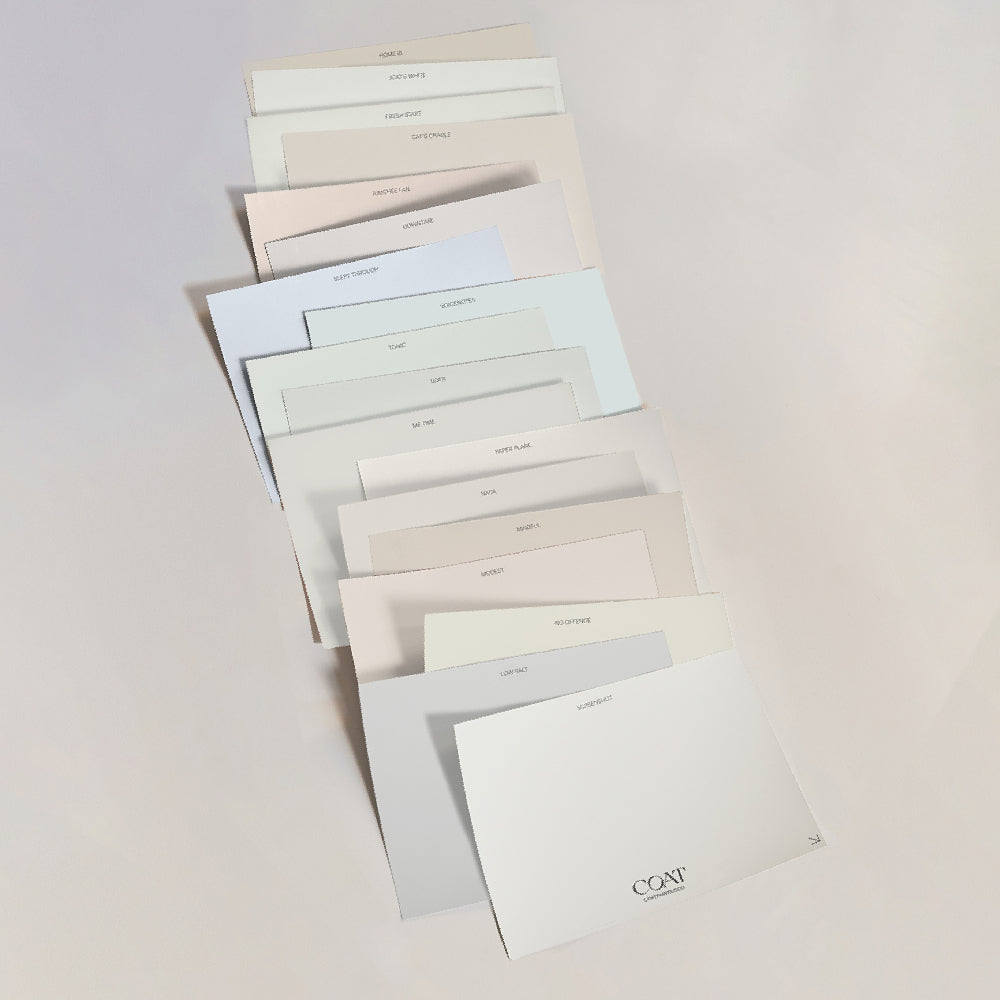

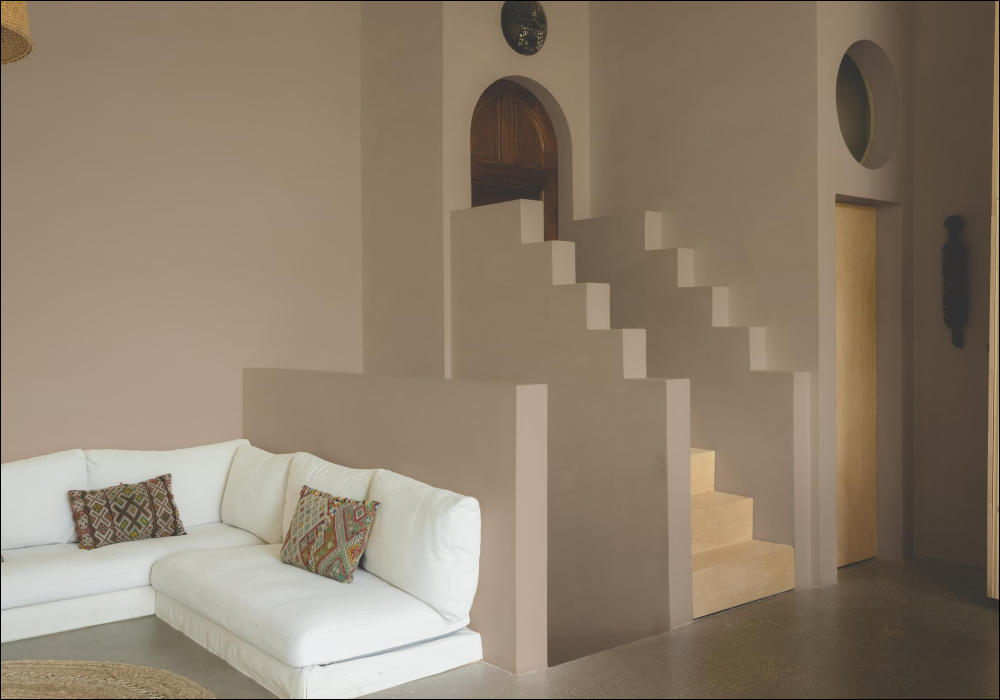
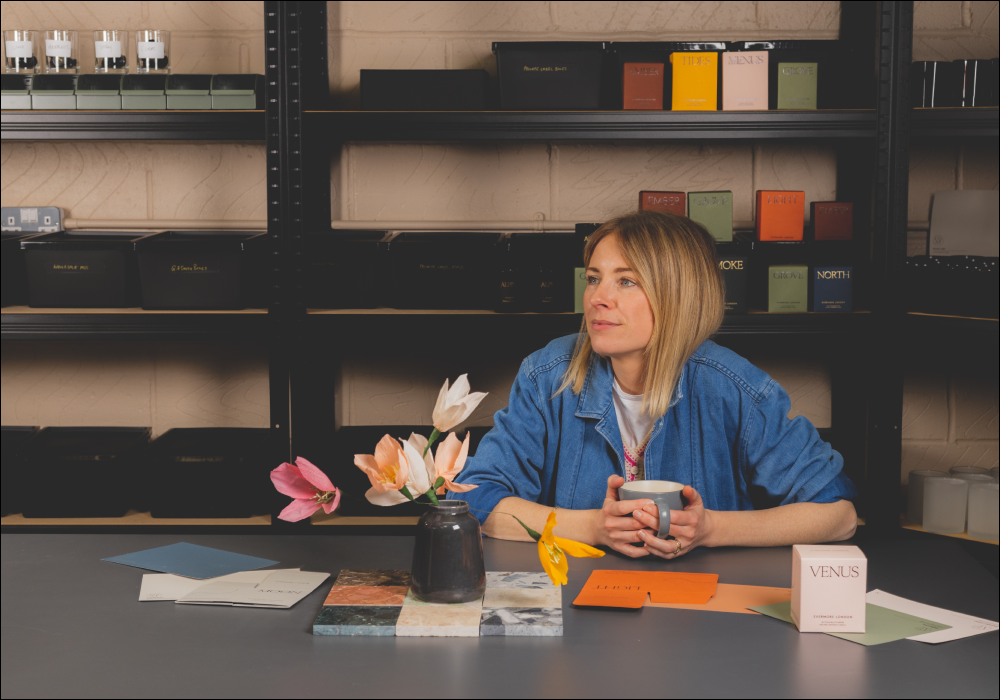
Leave a comment